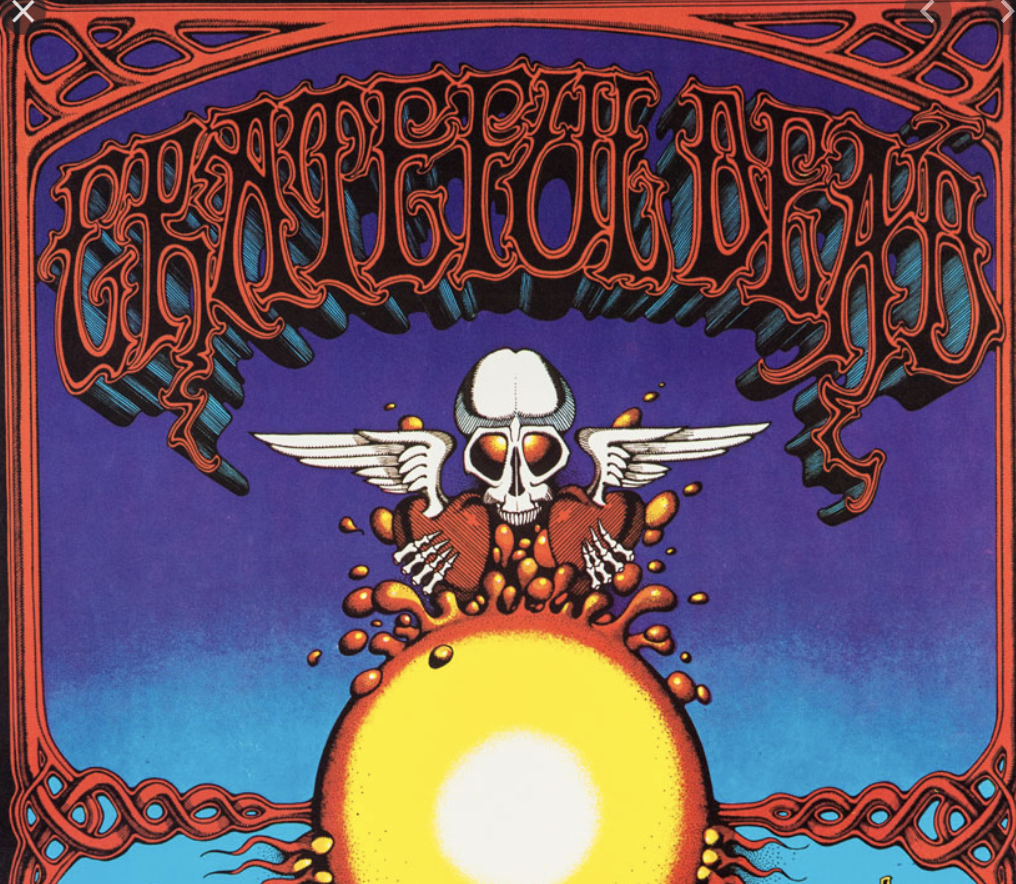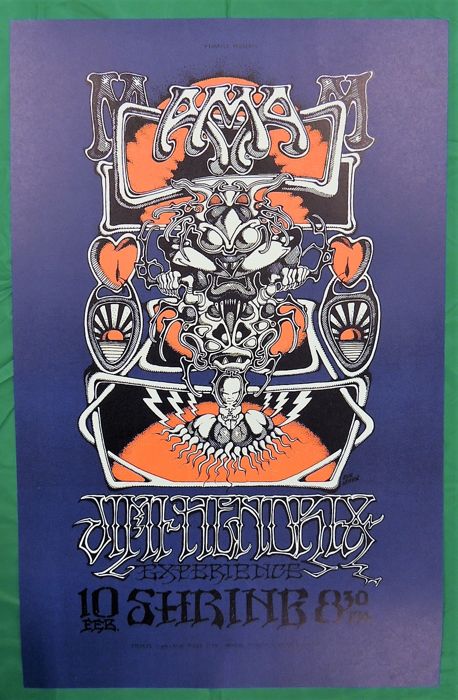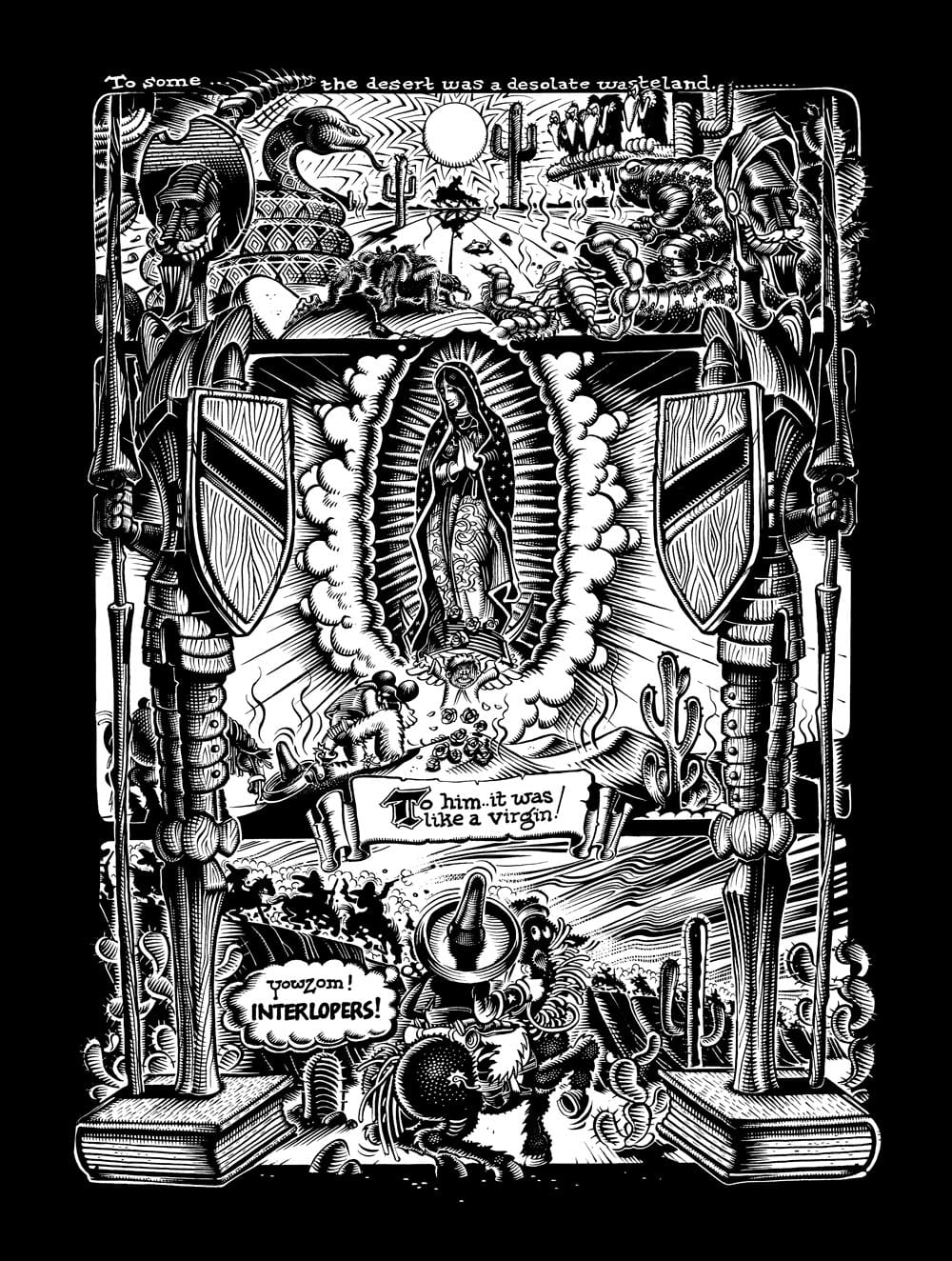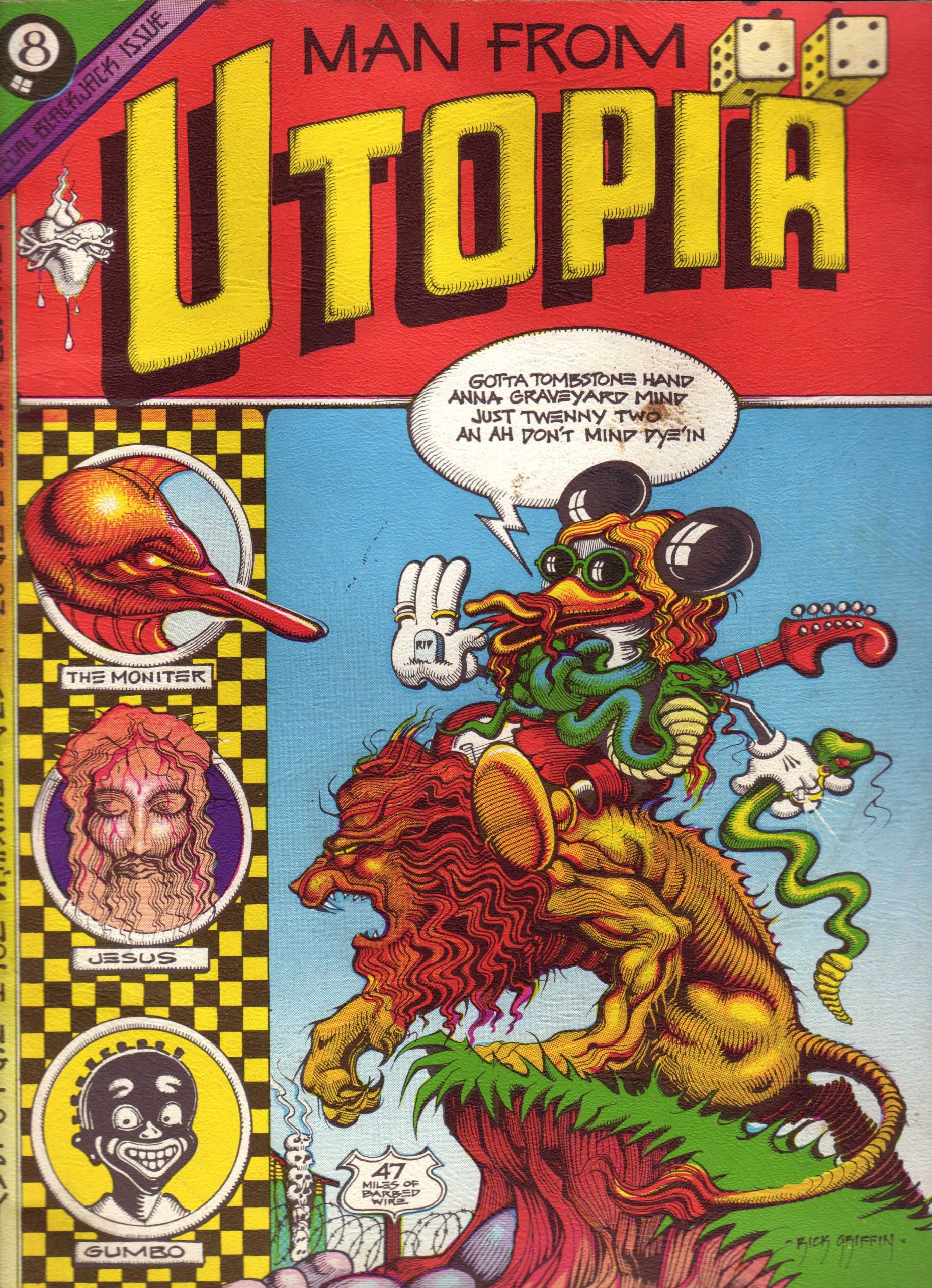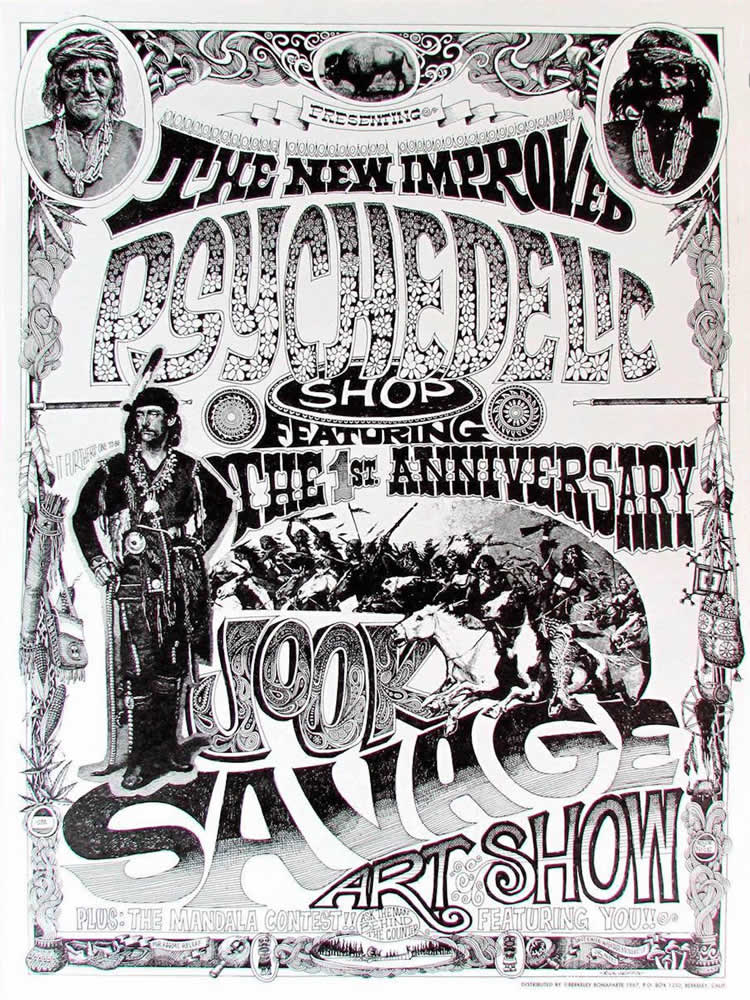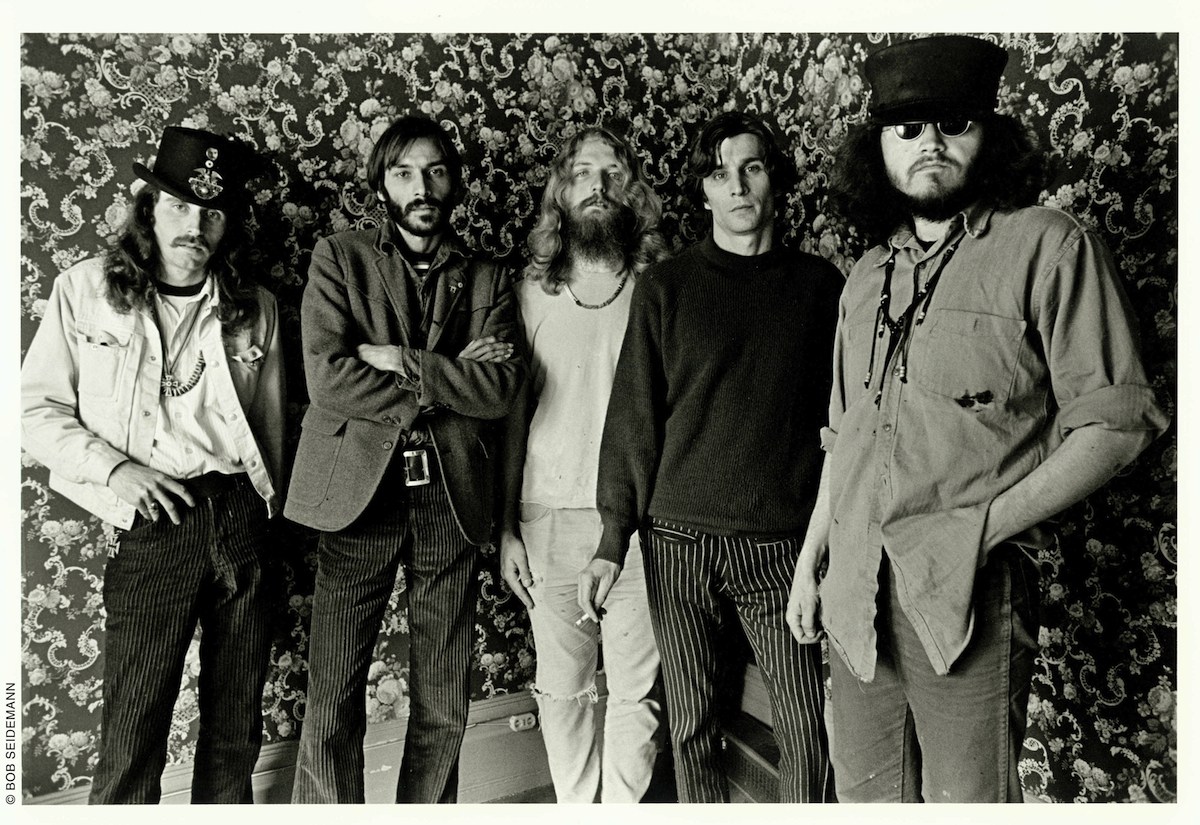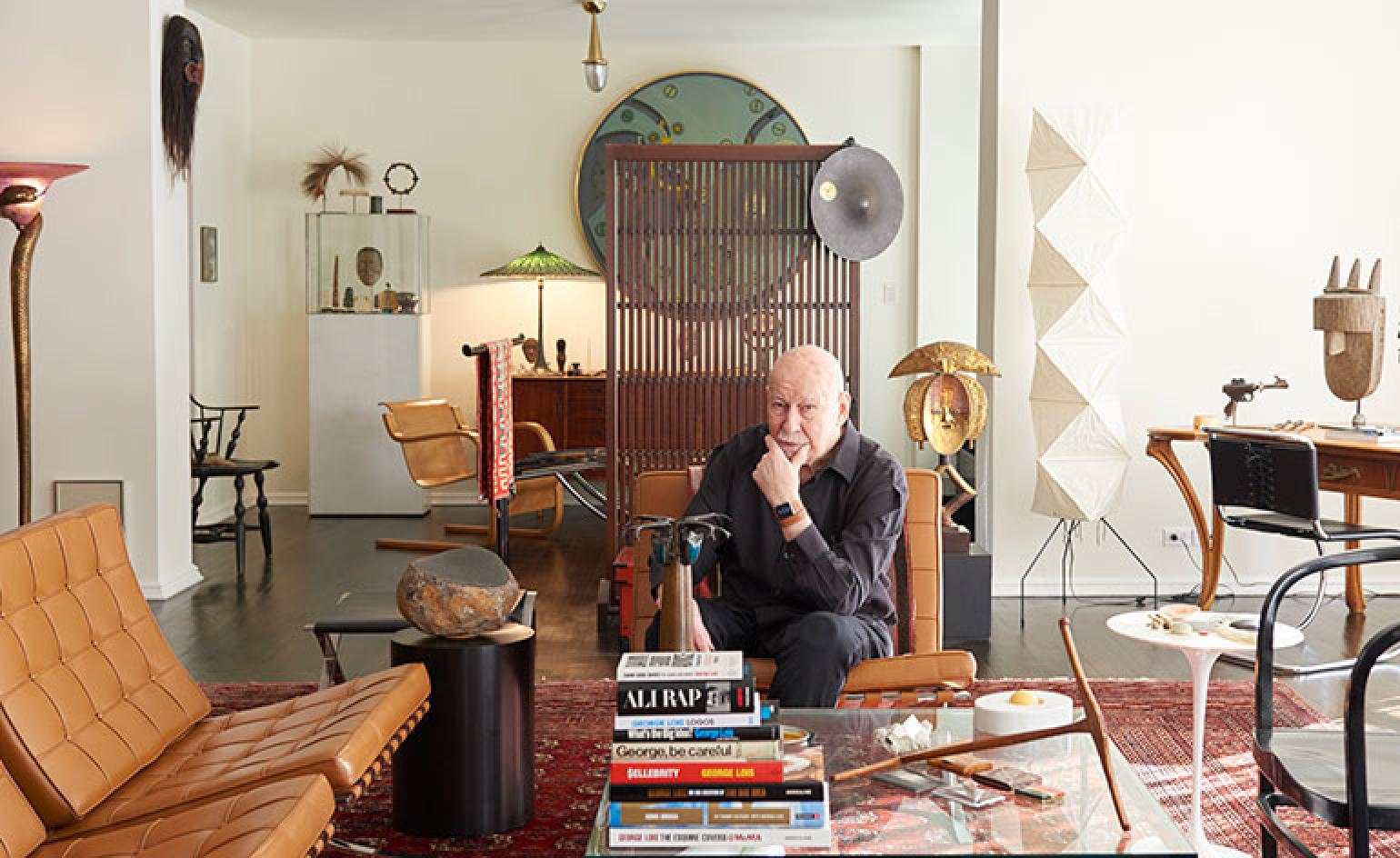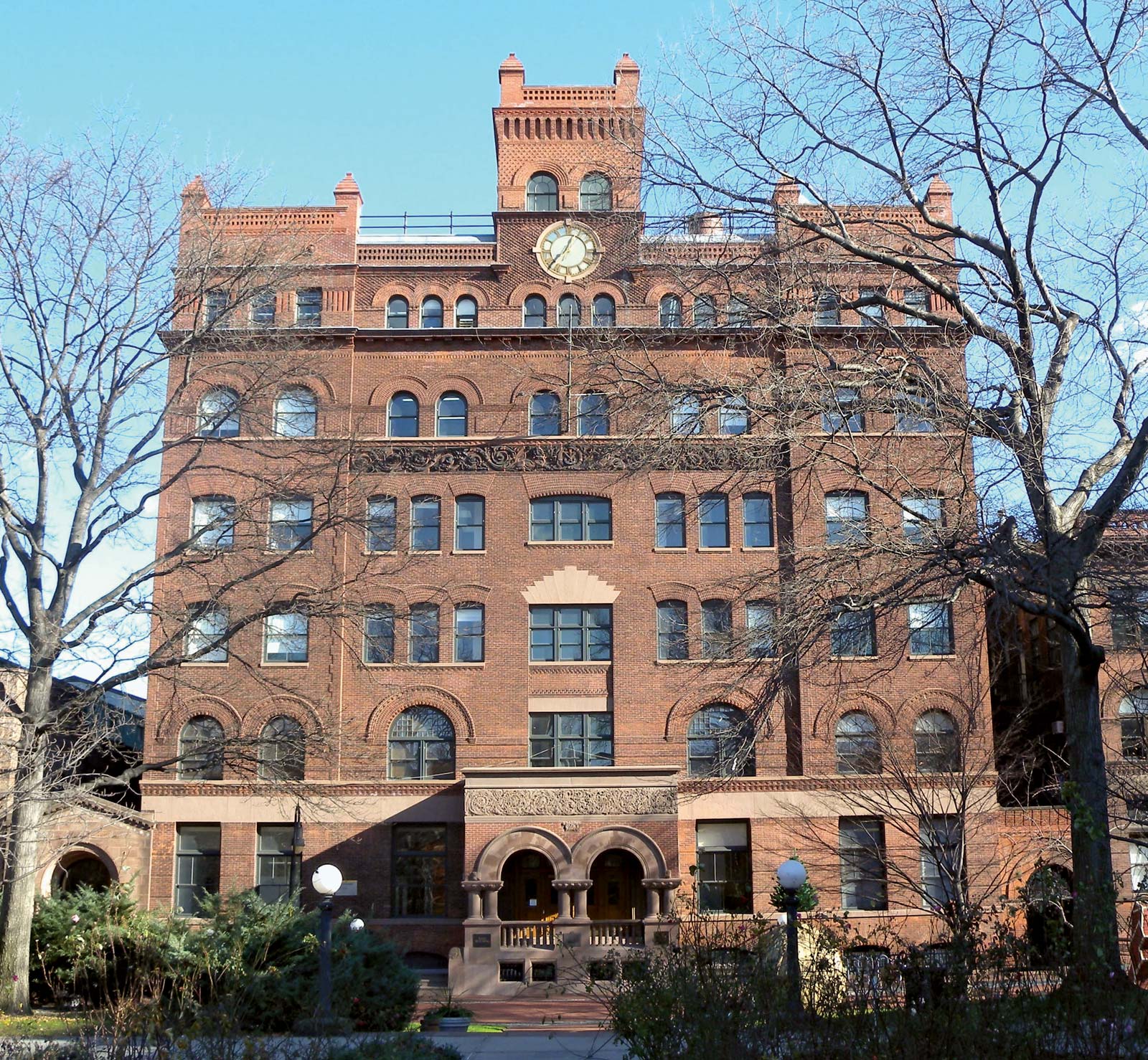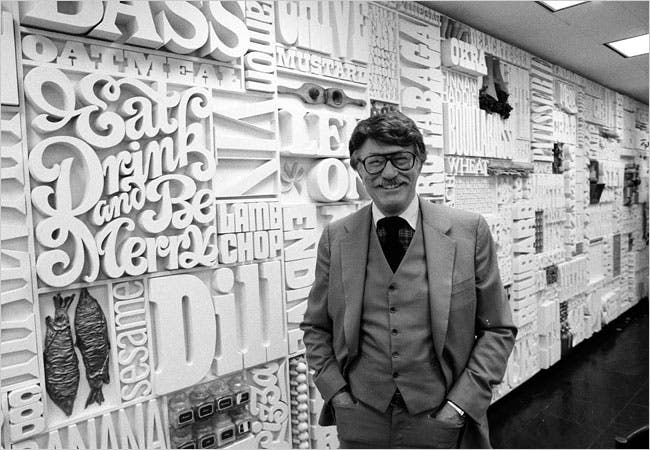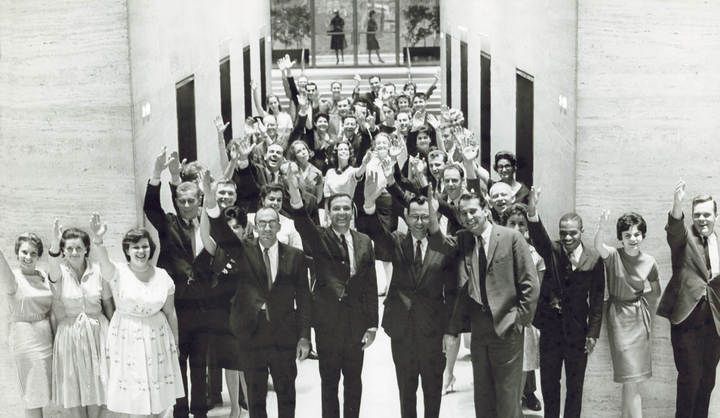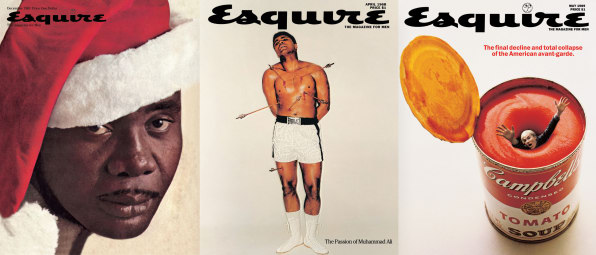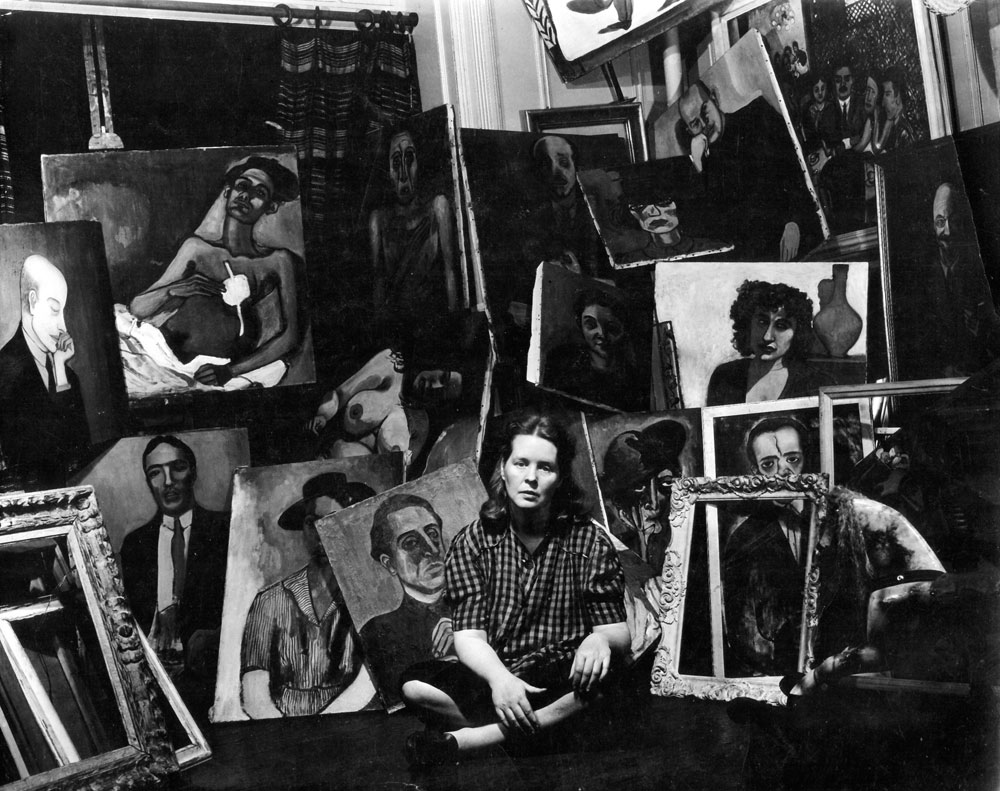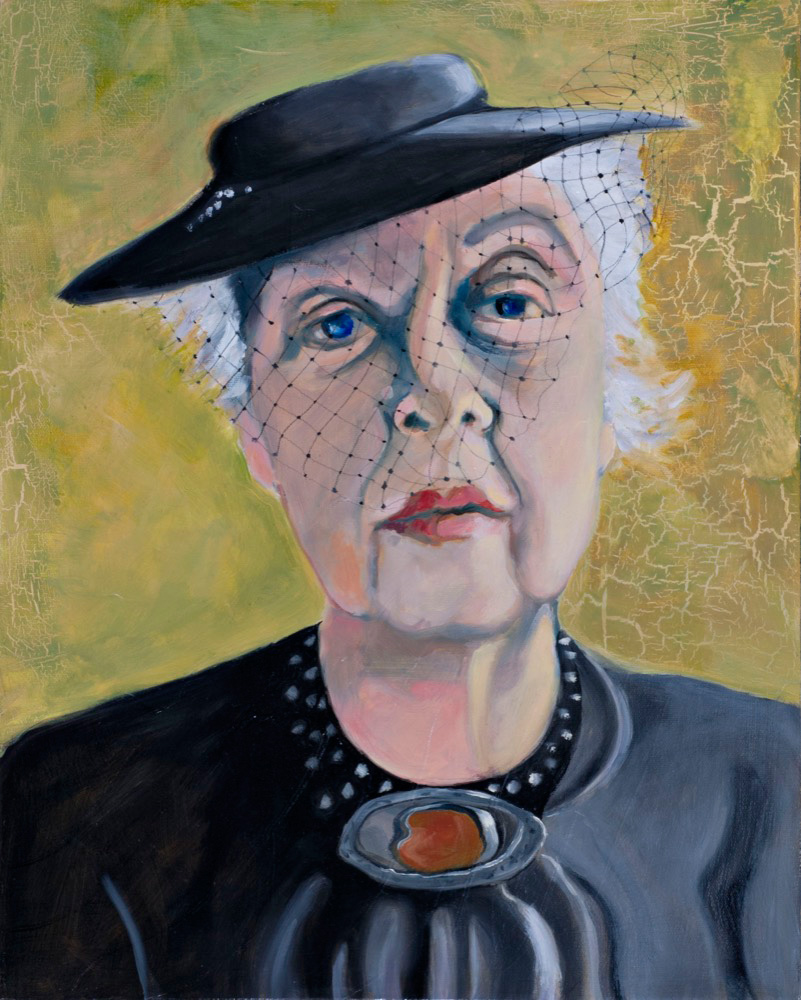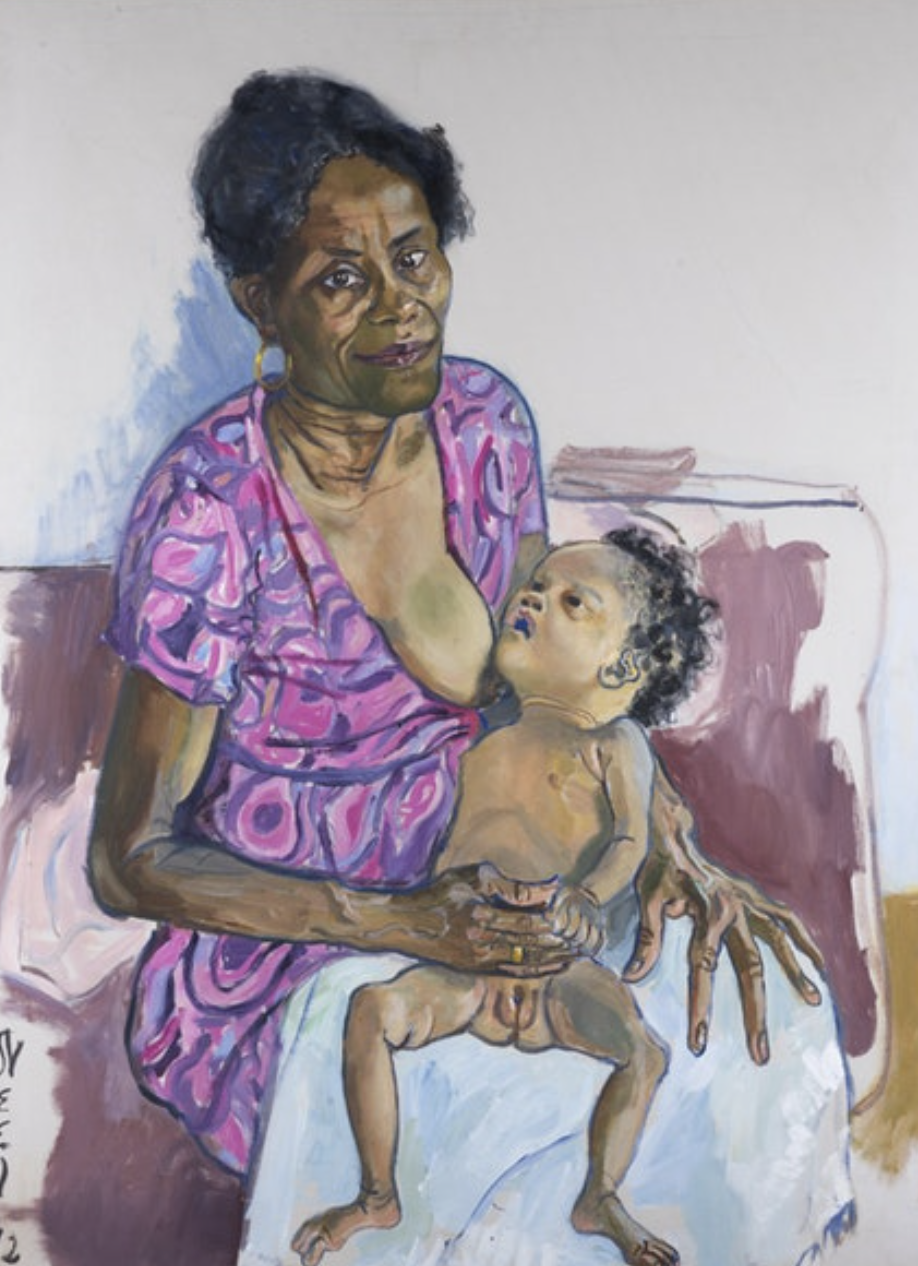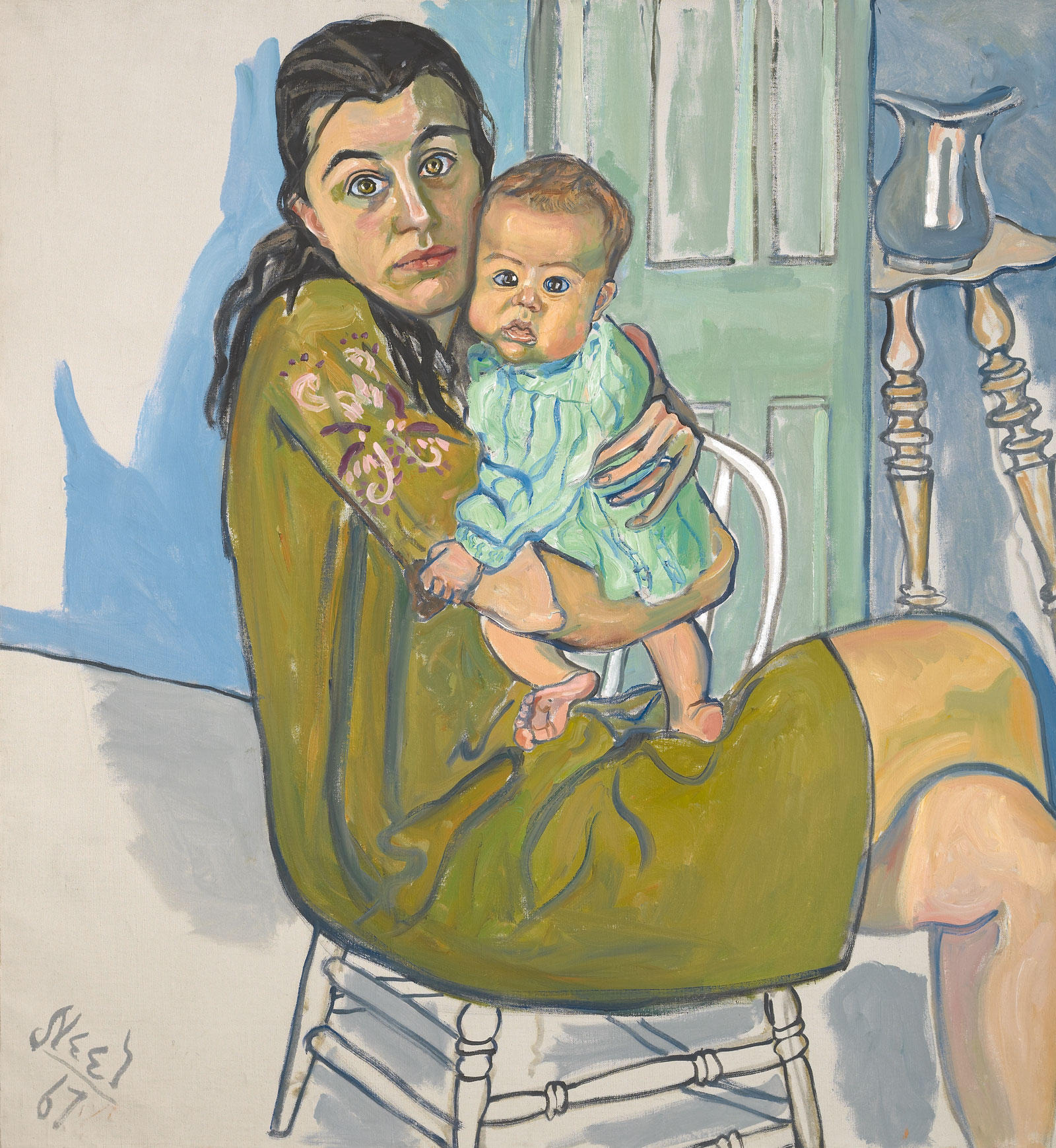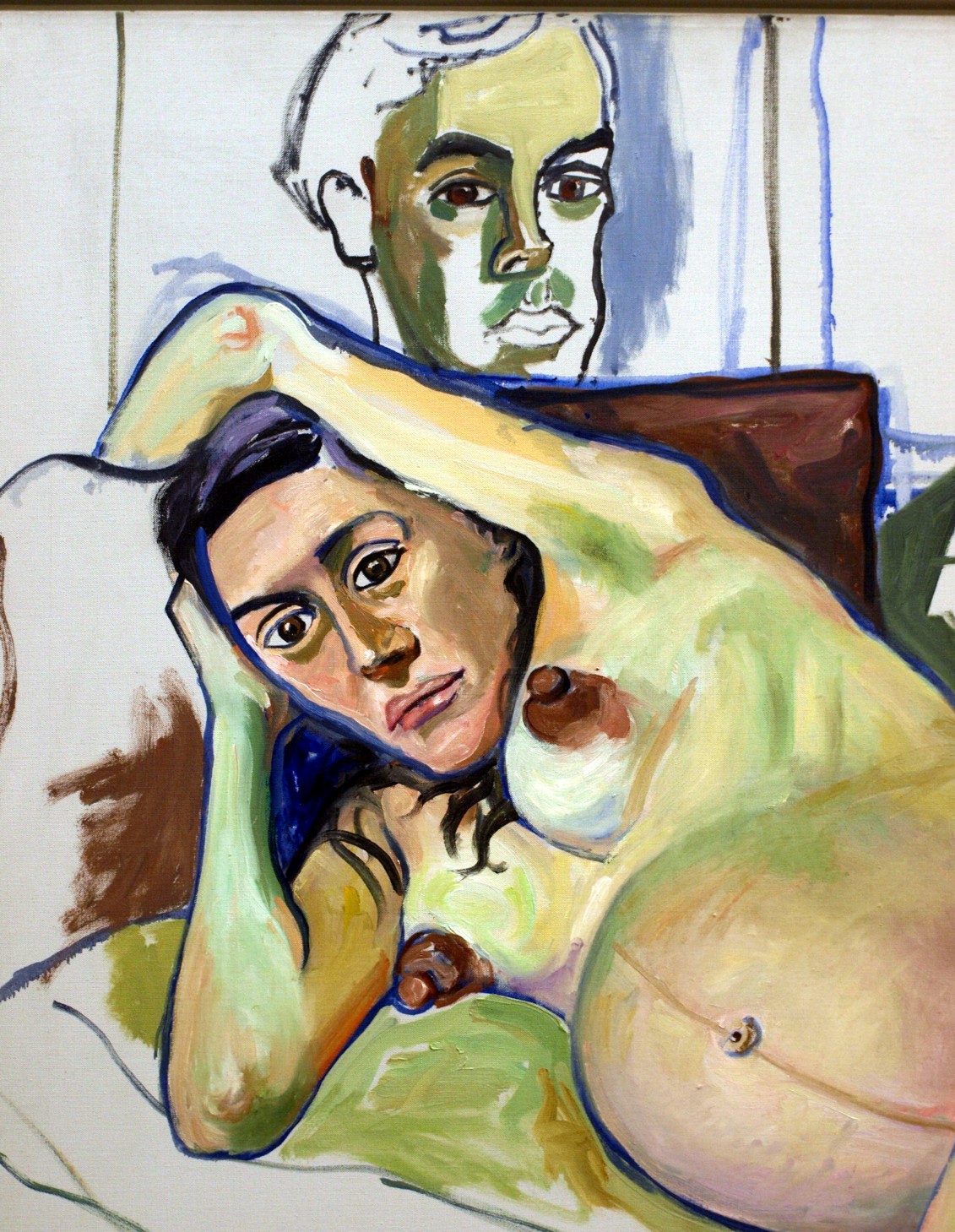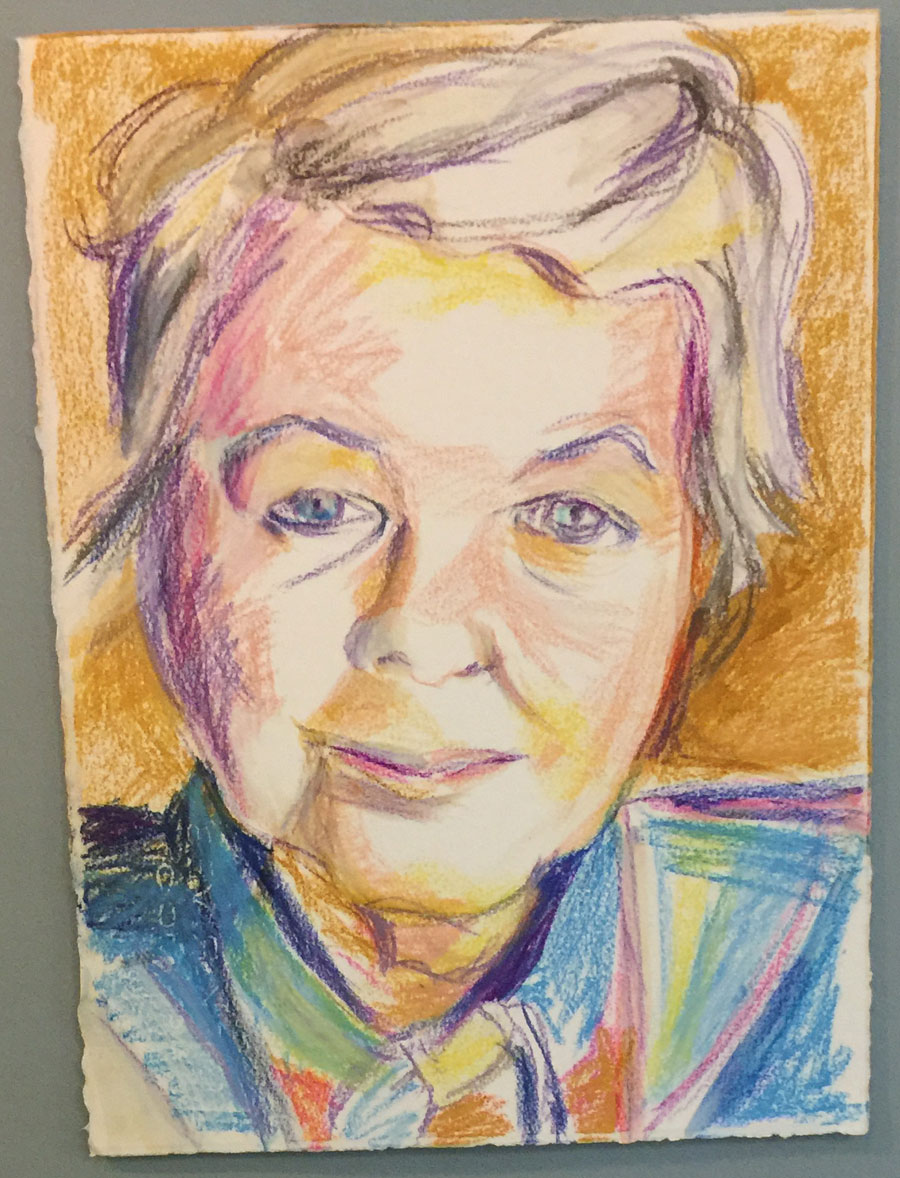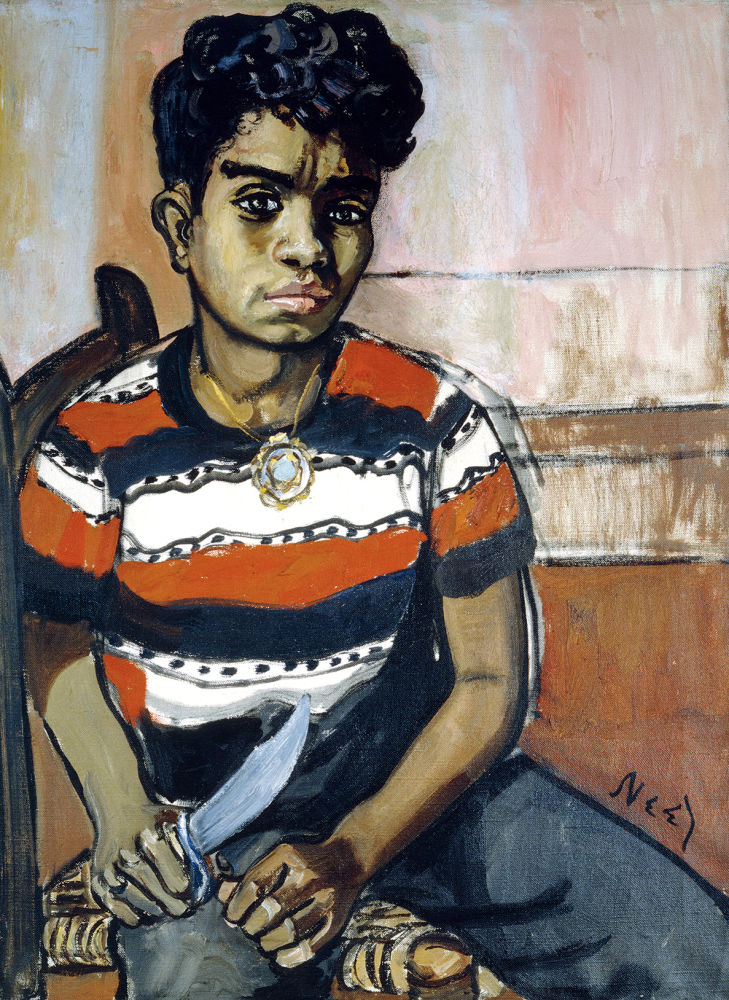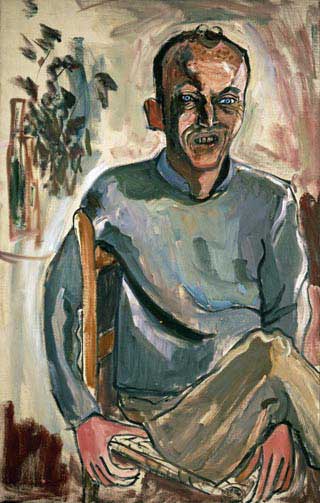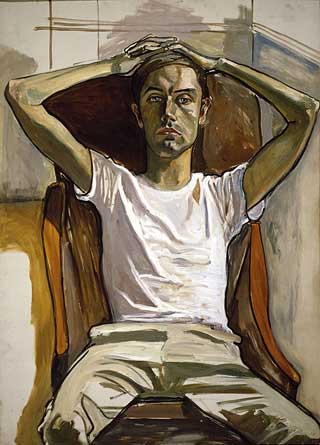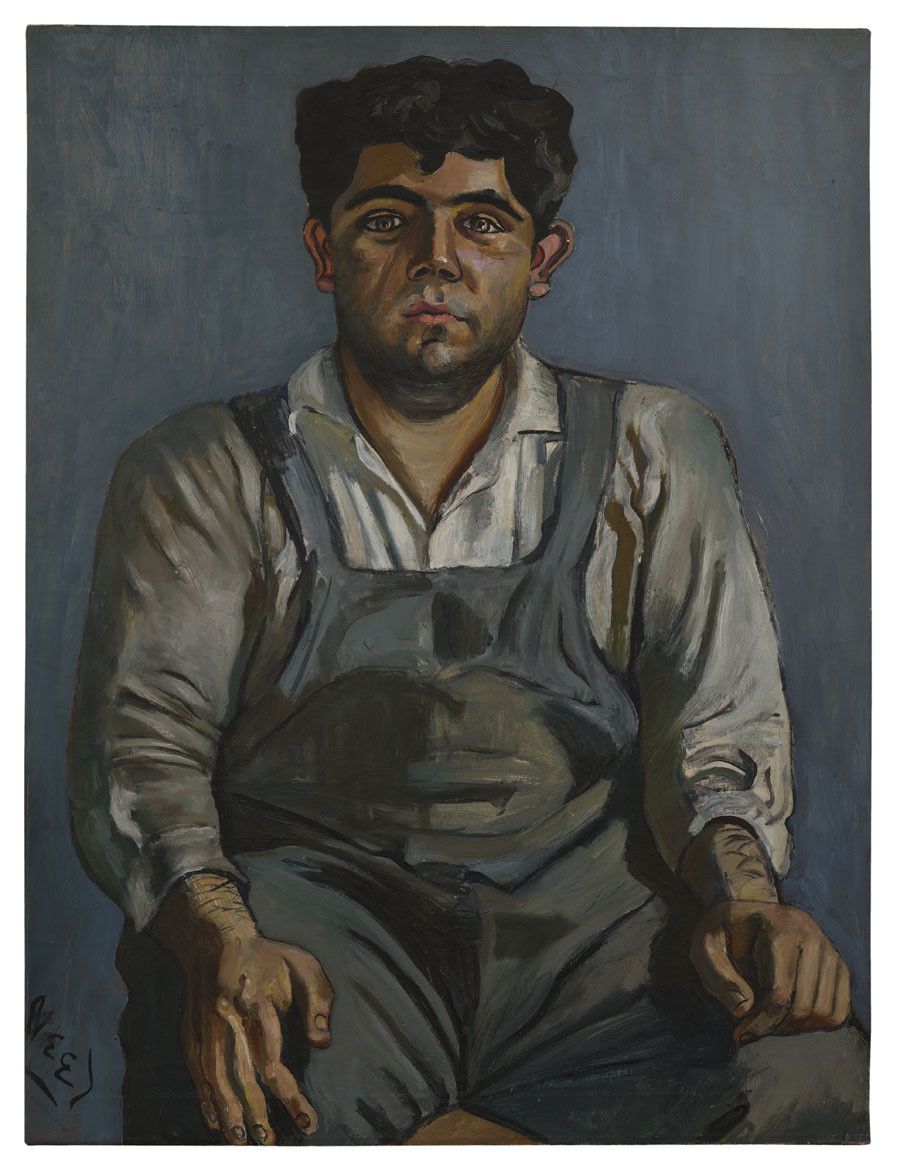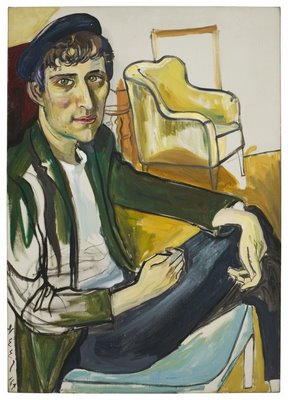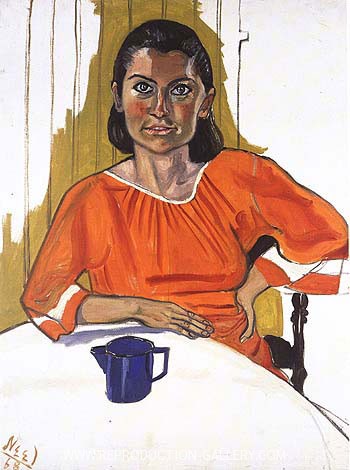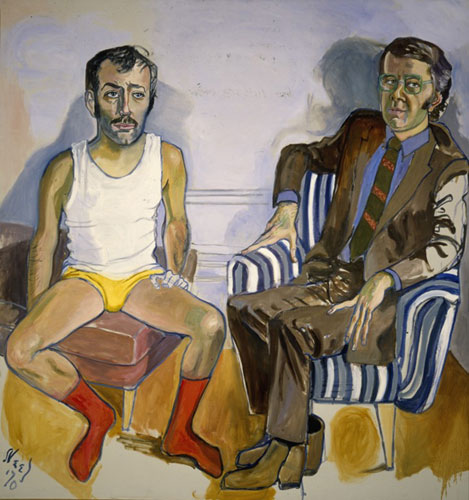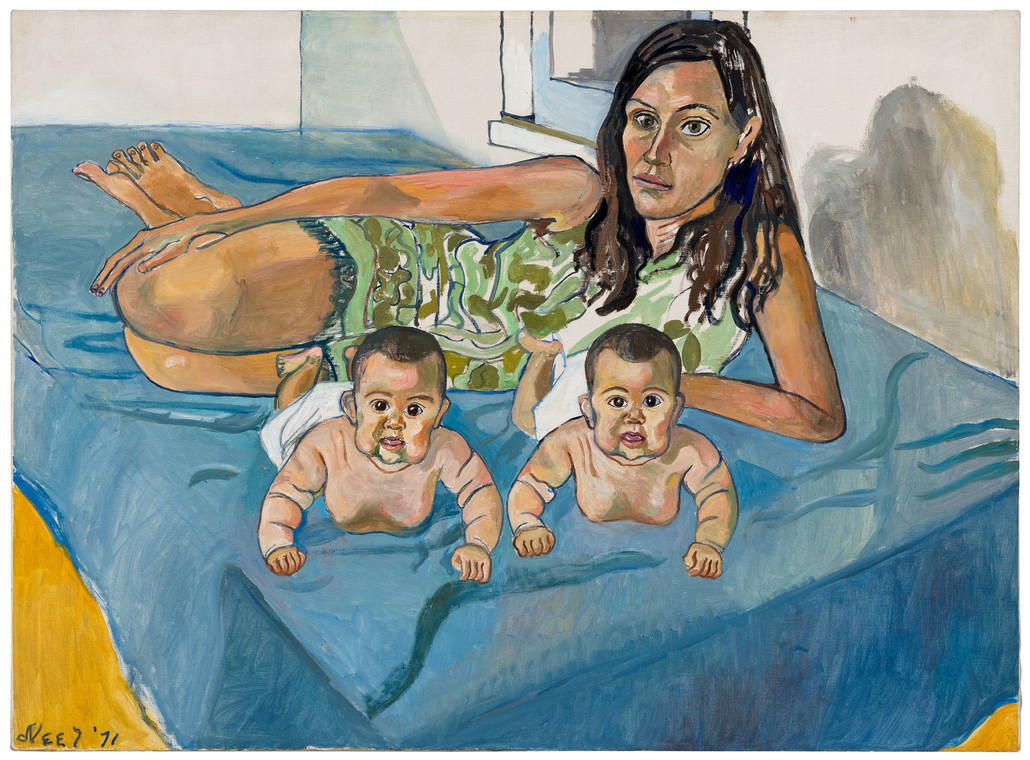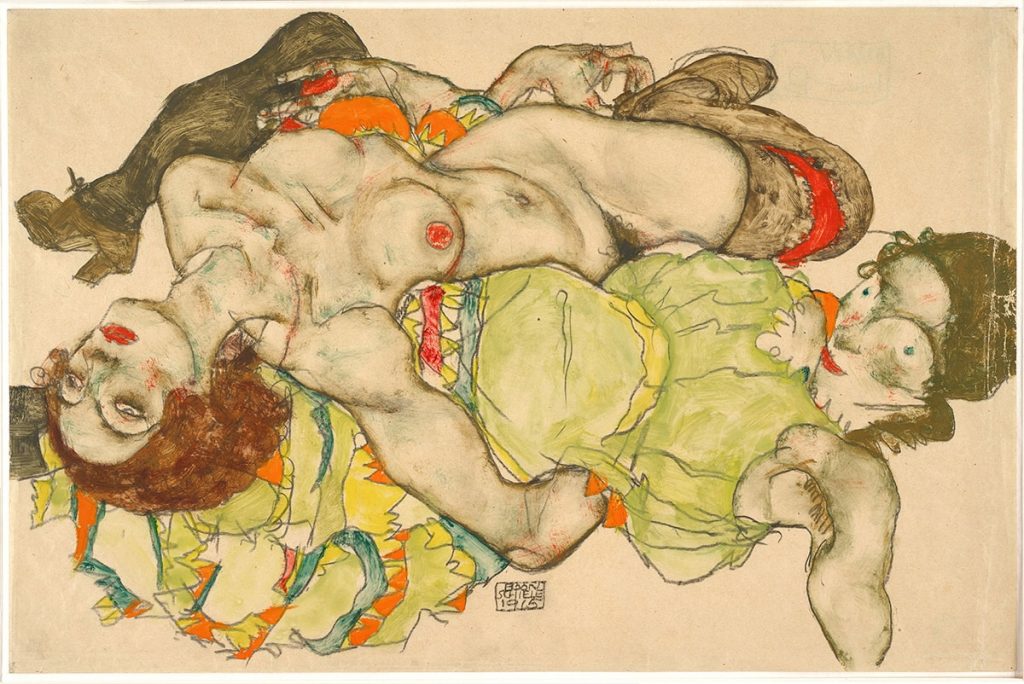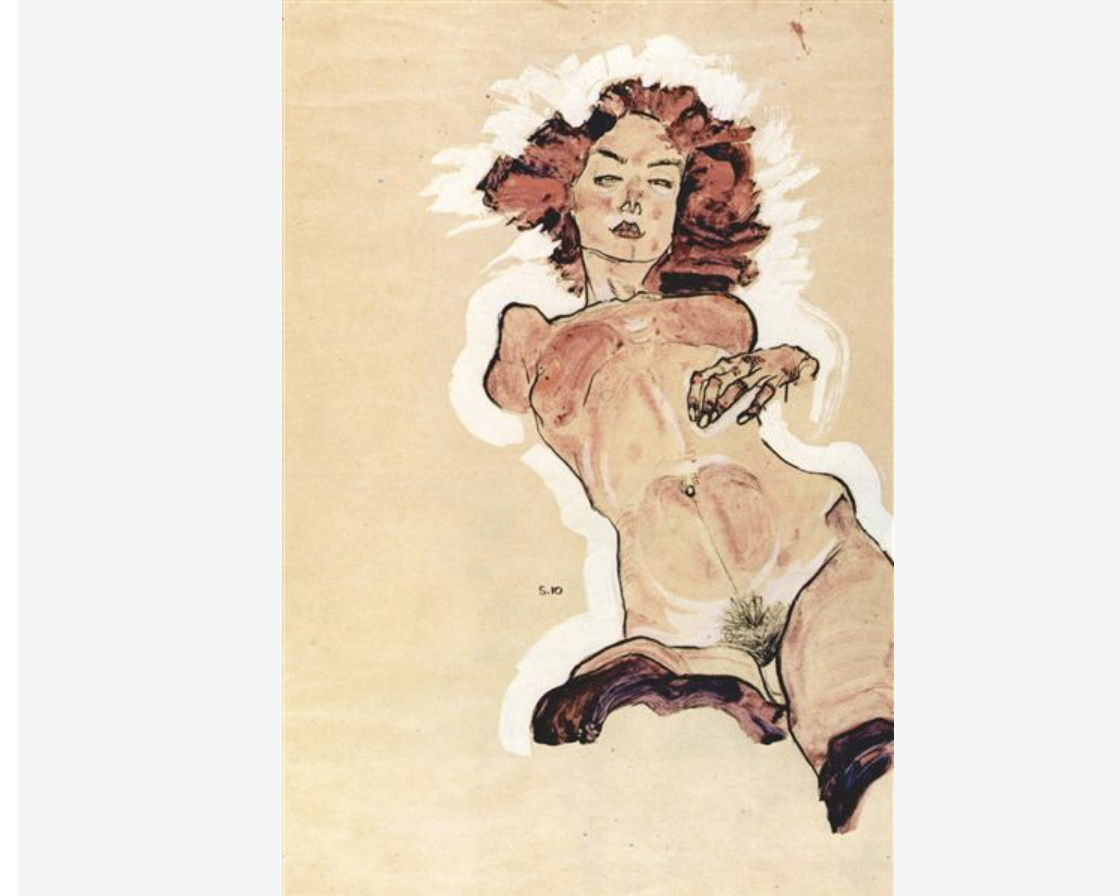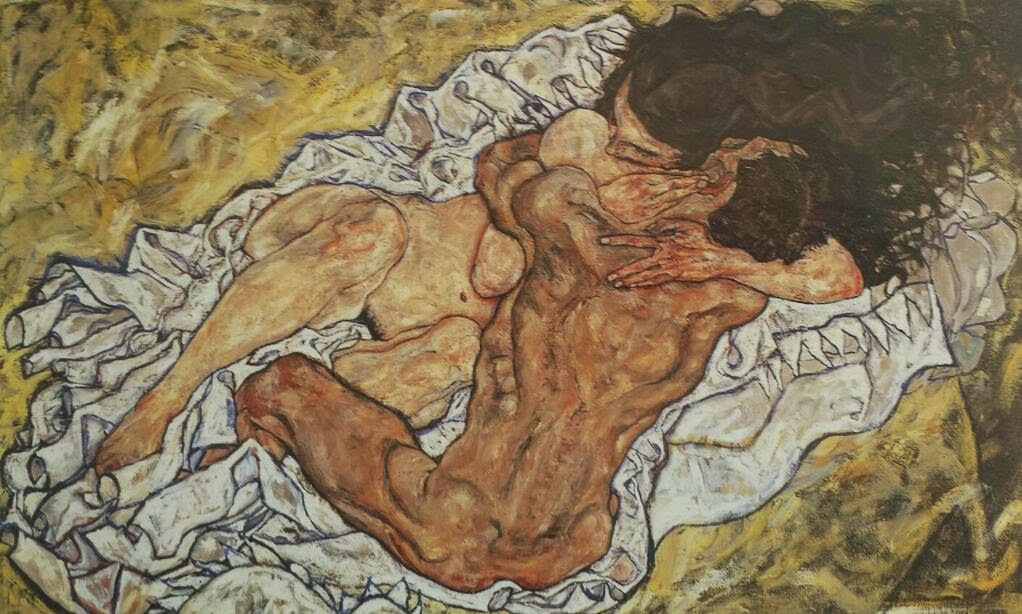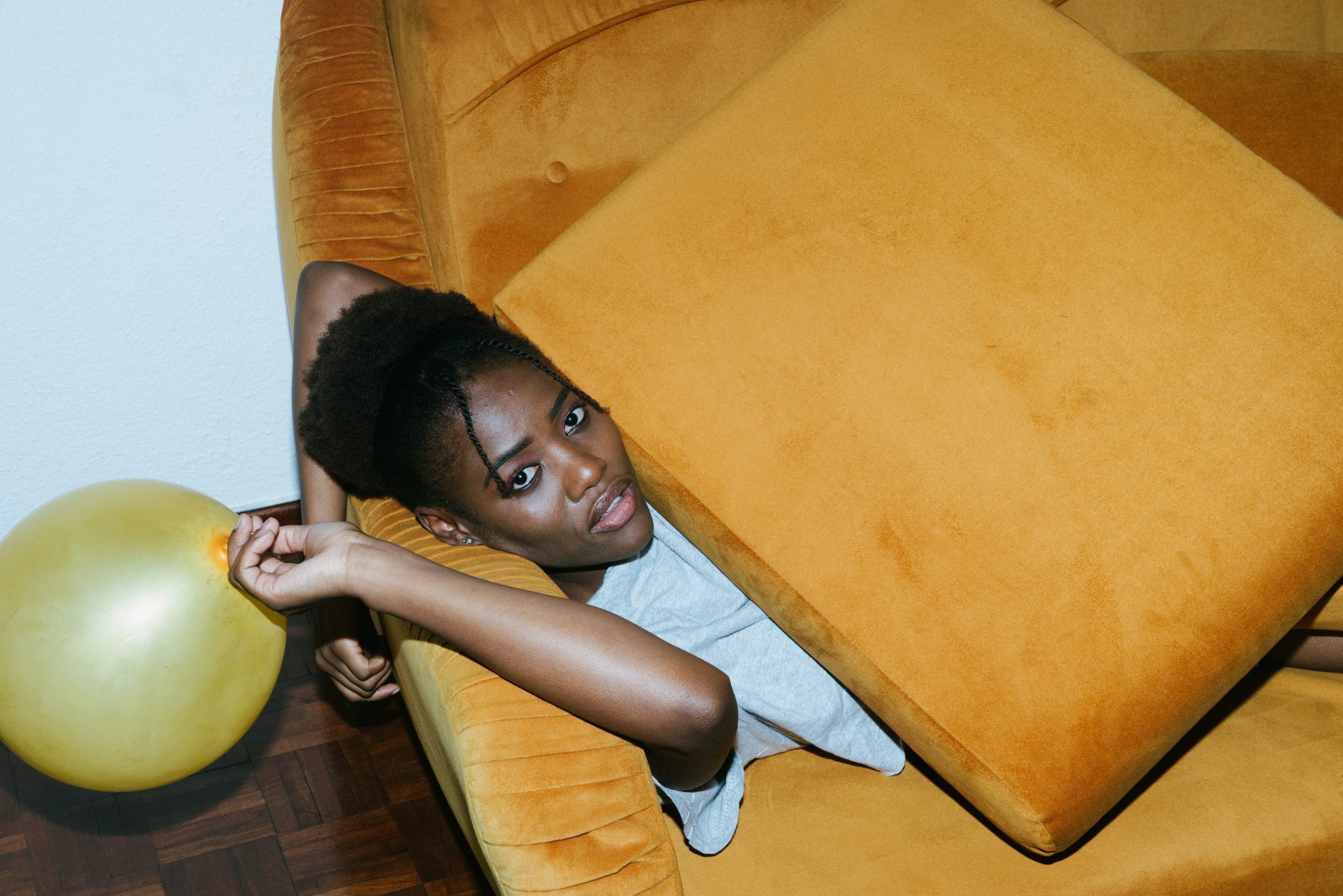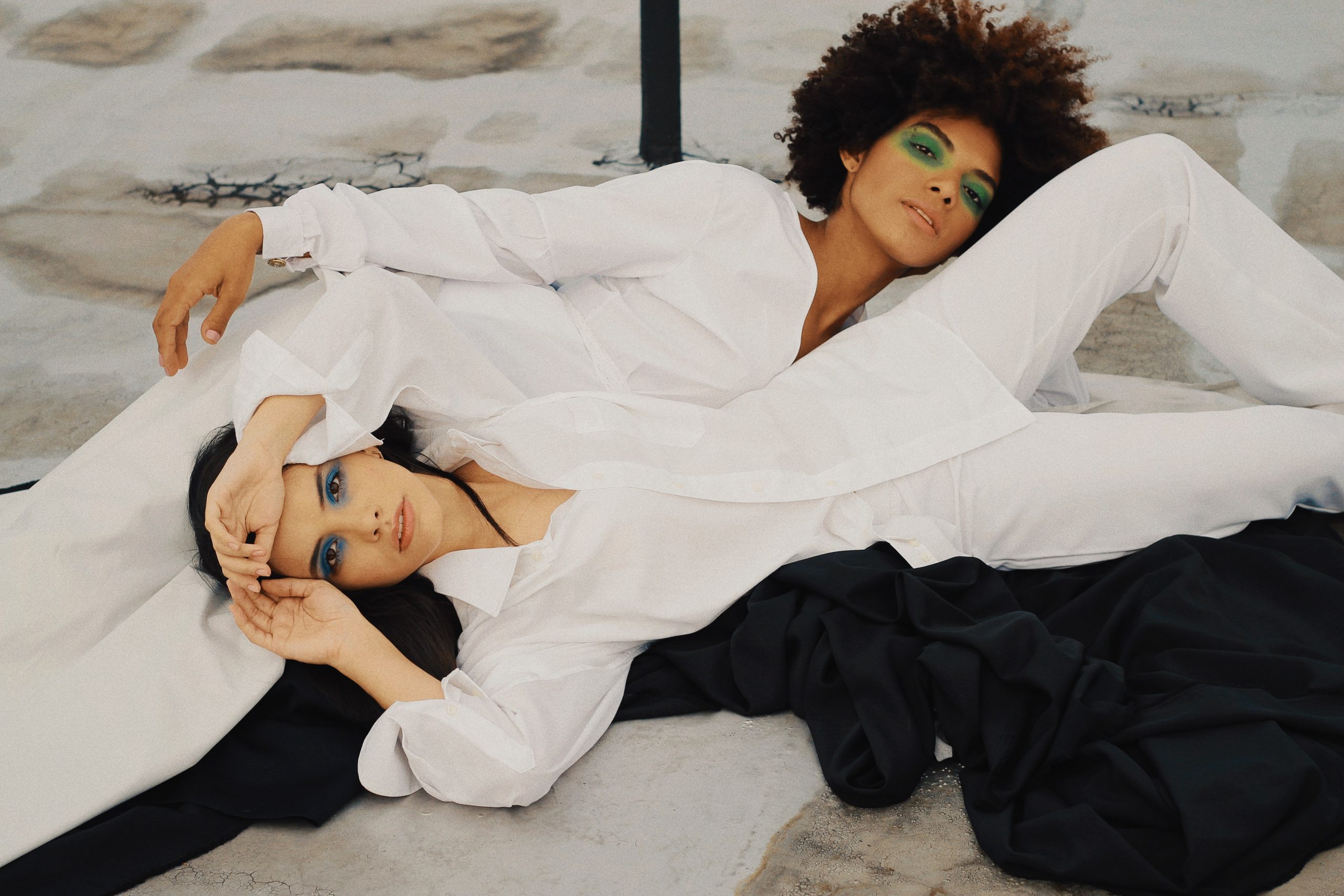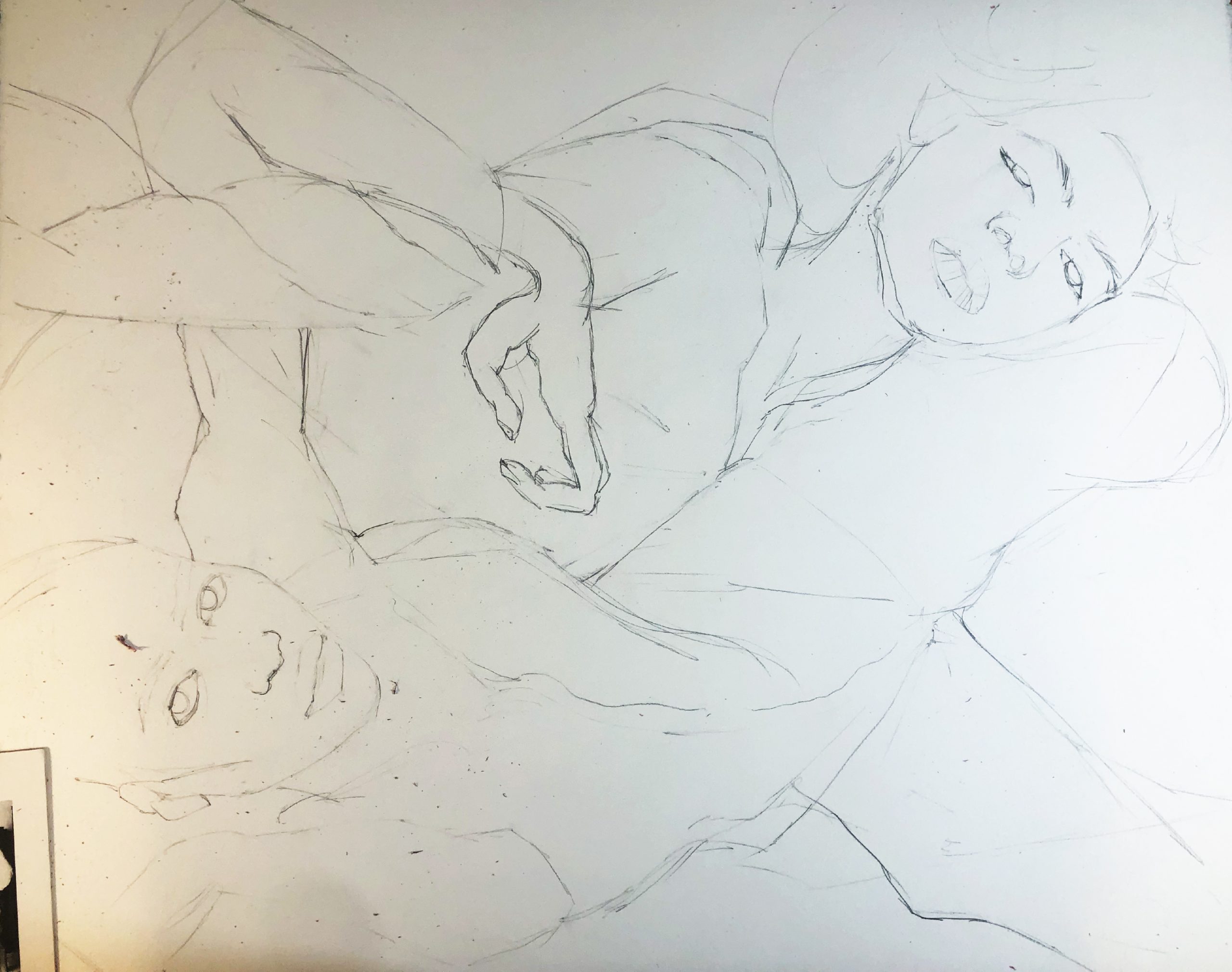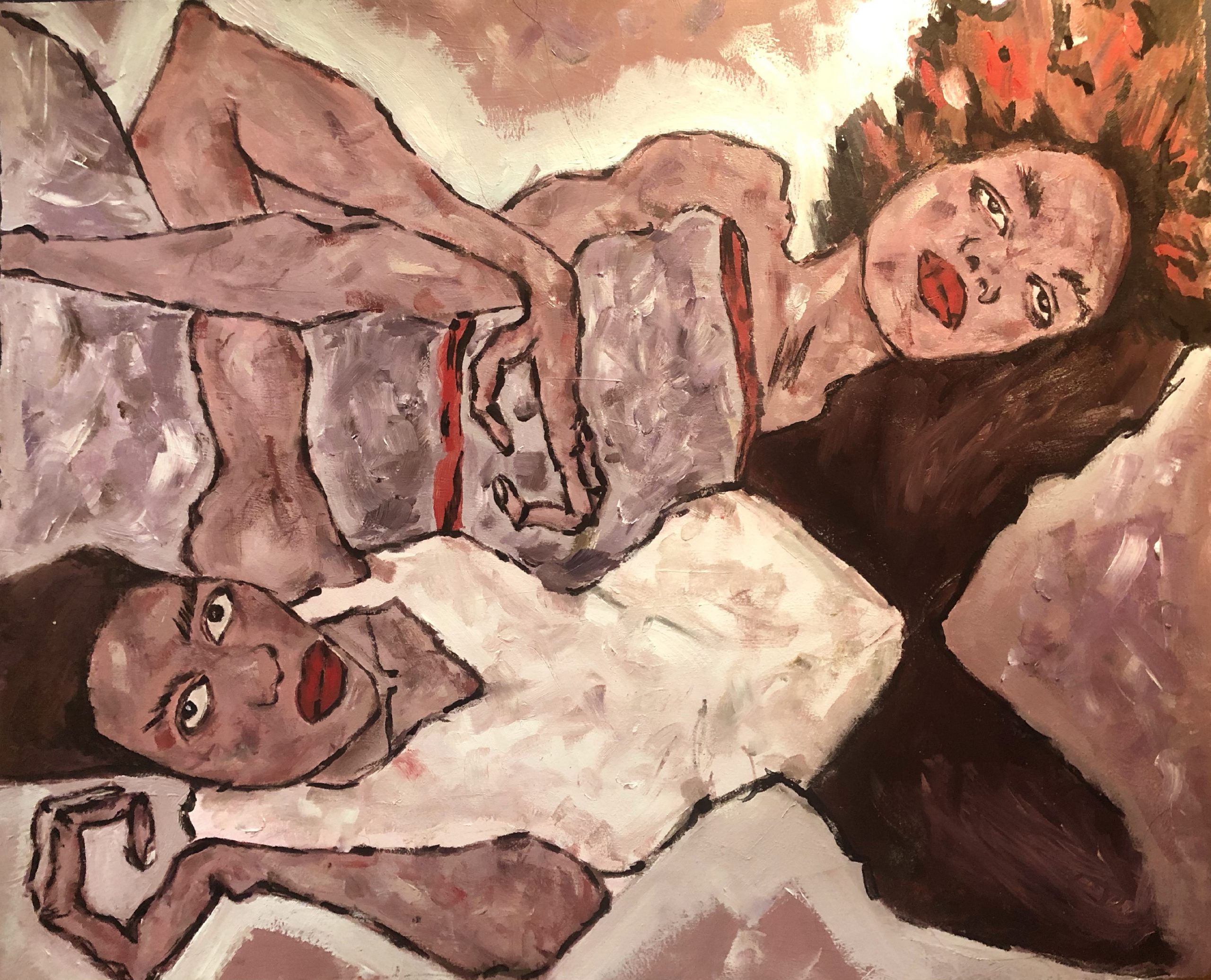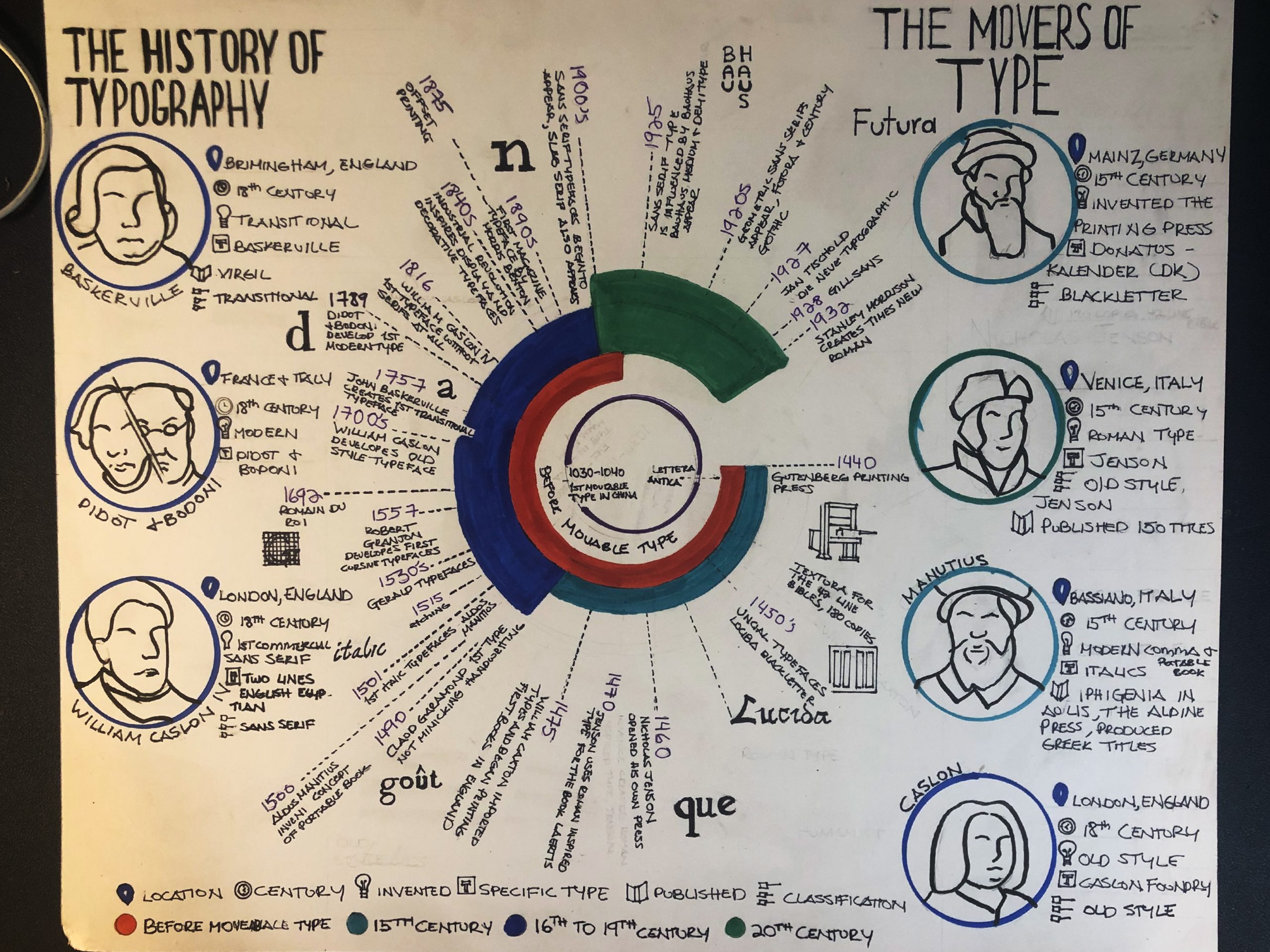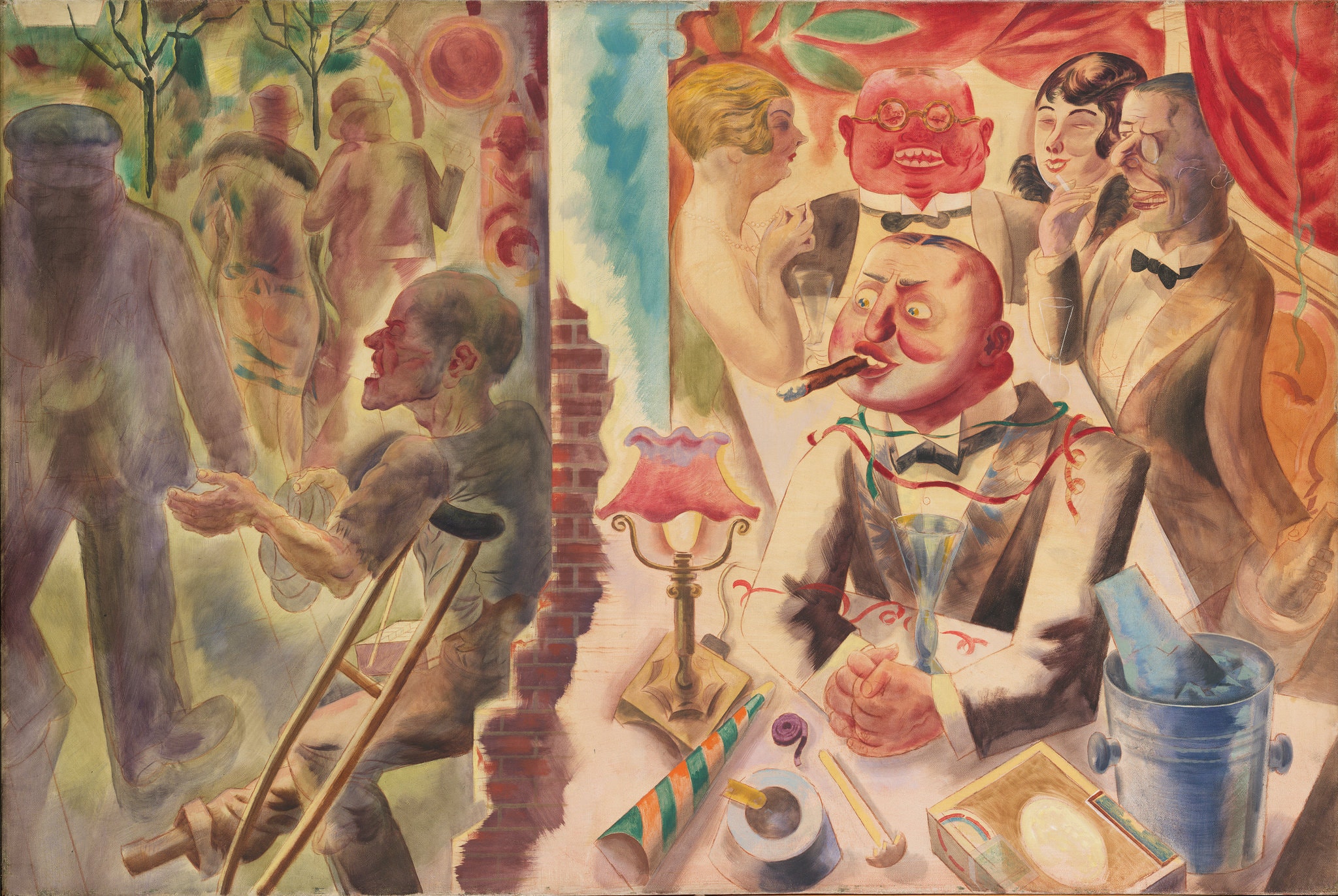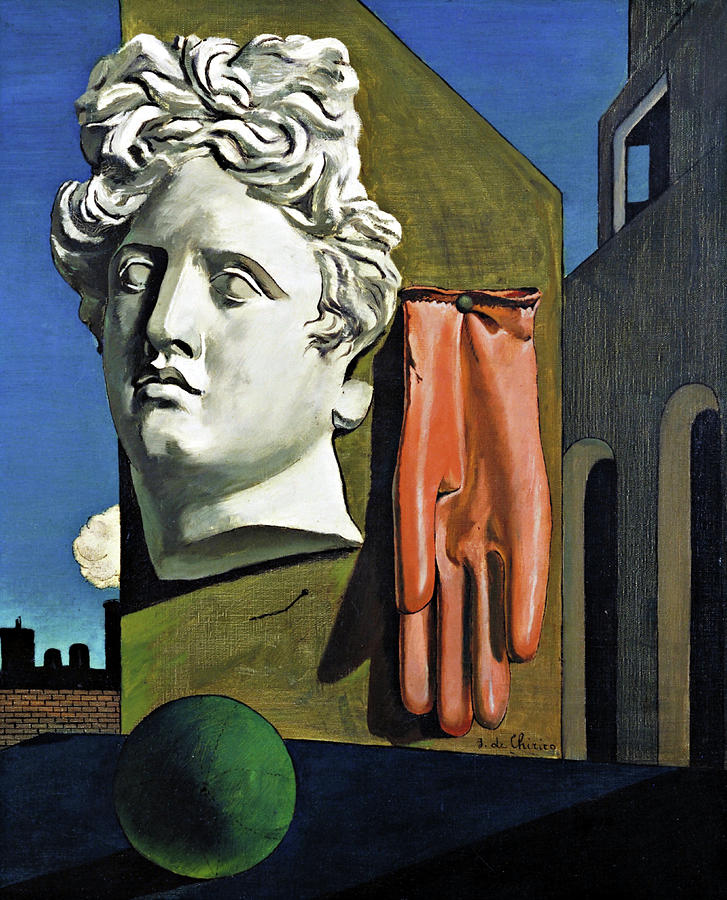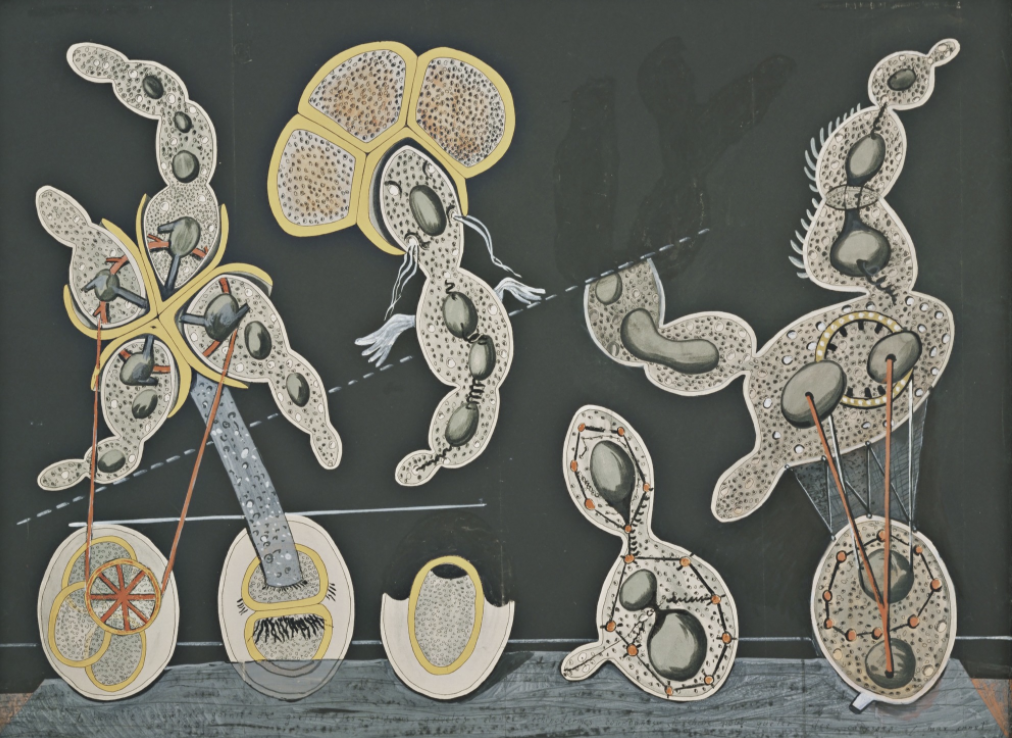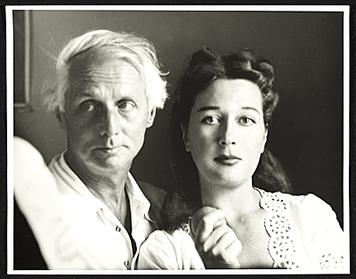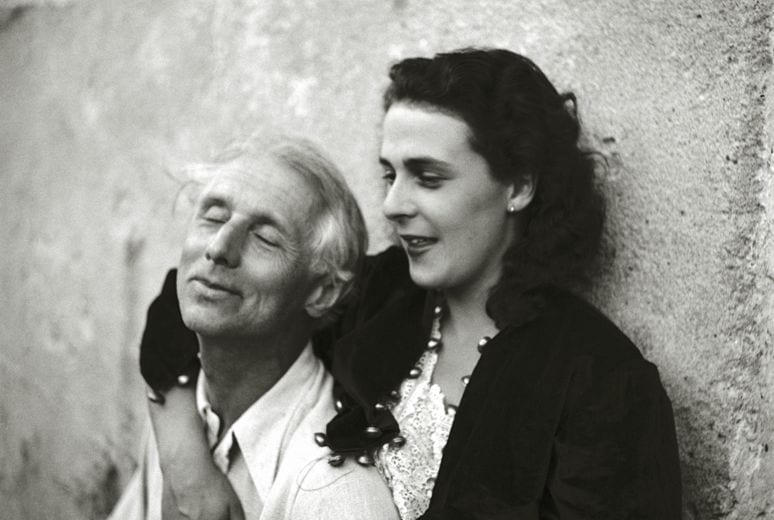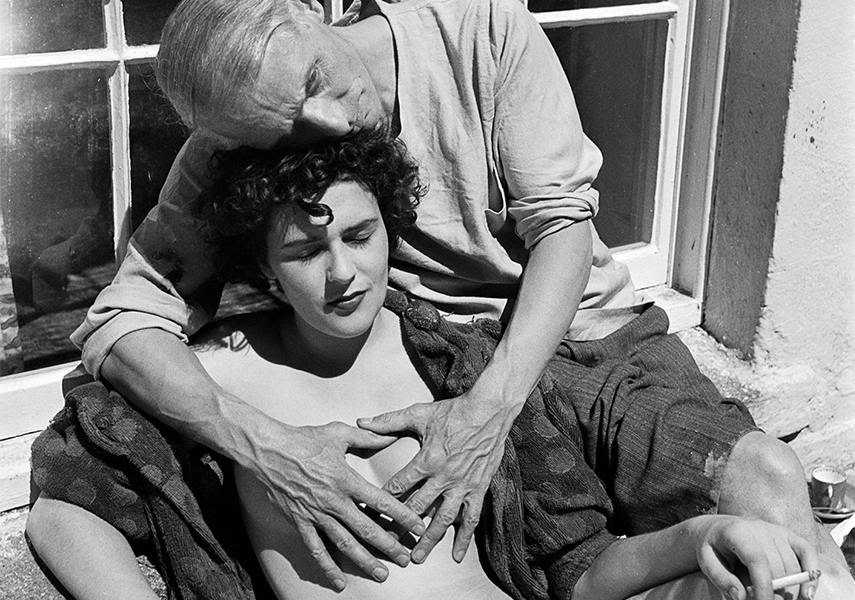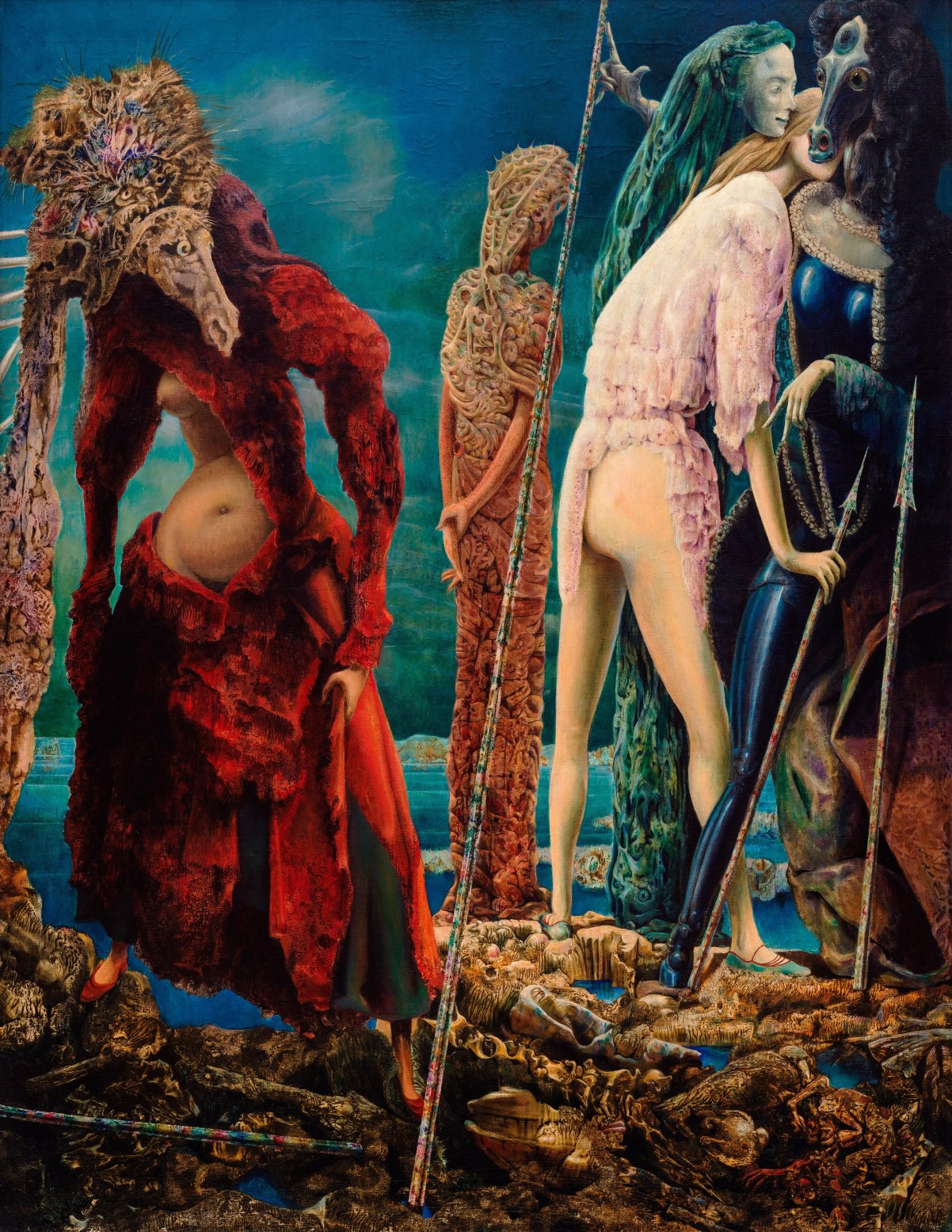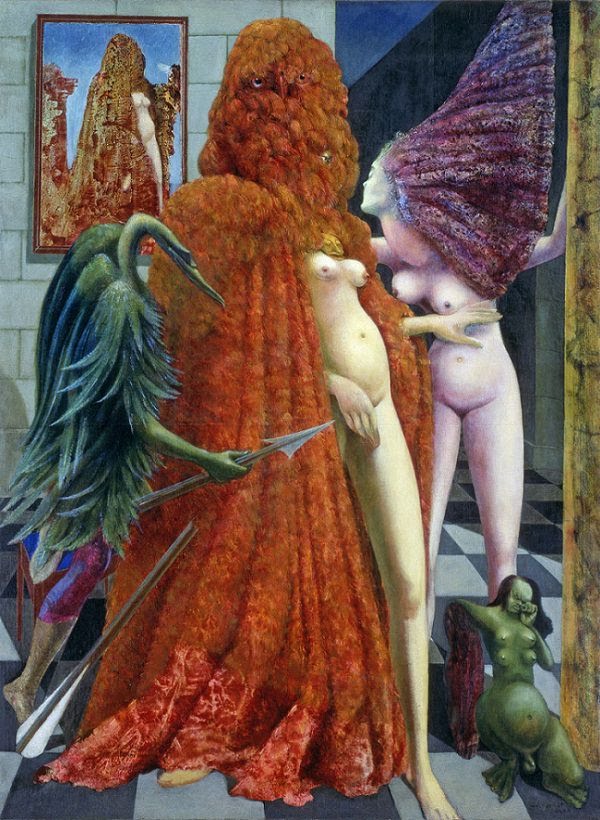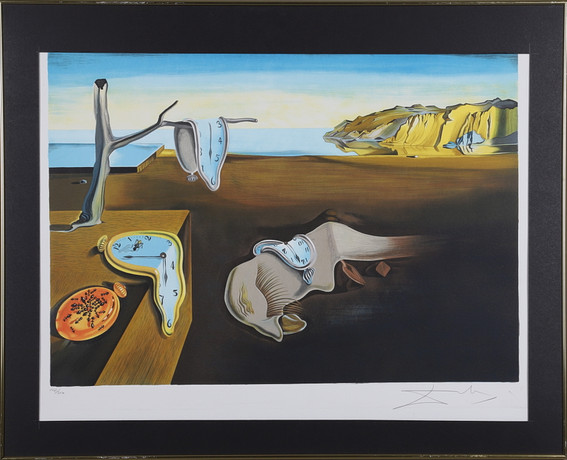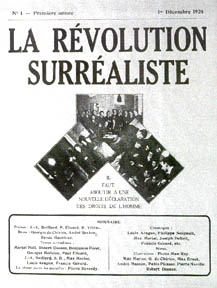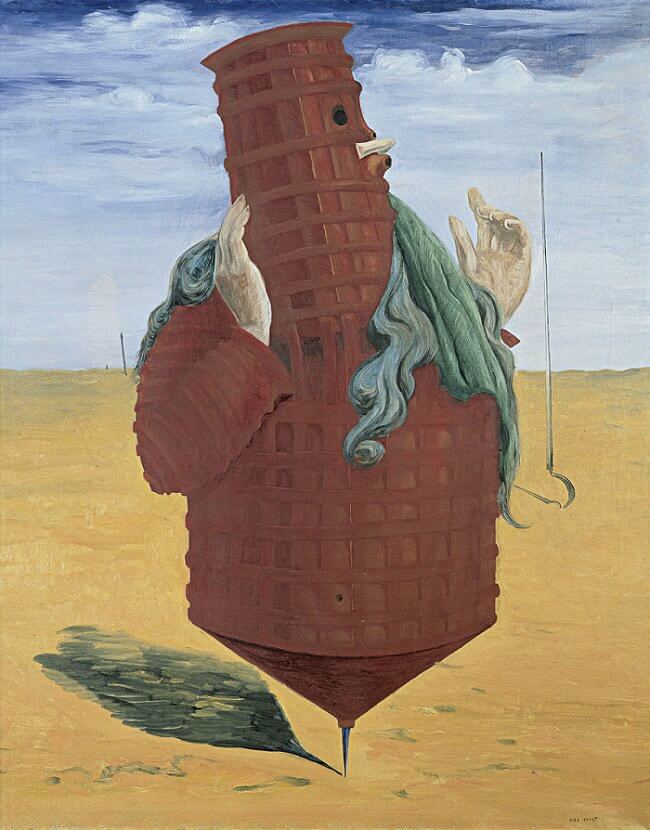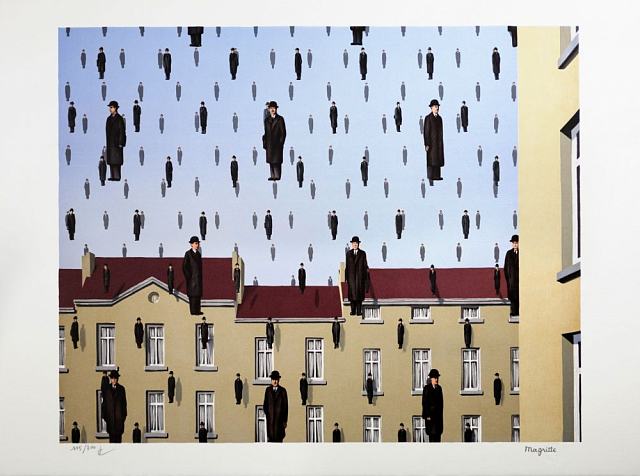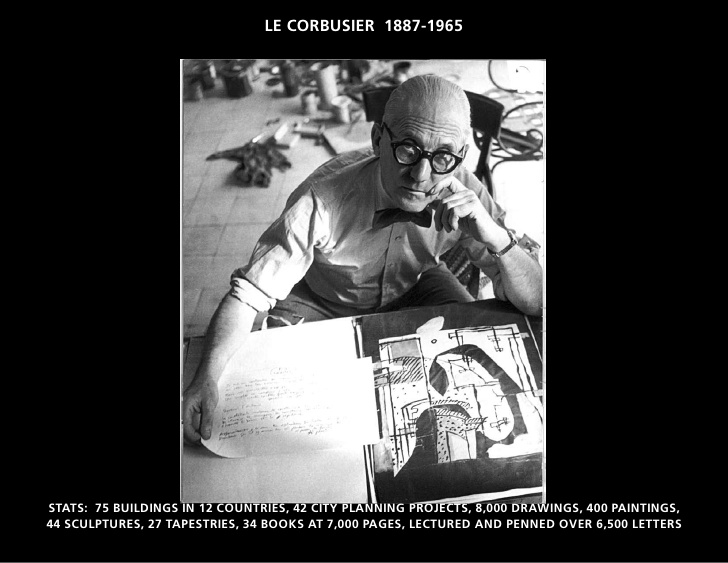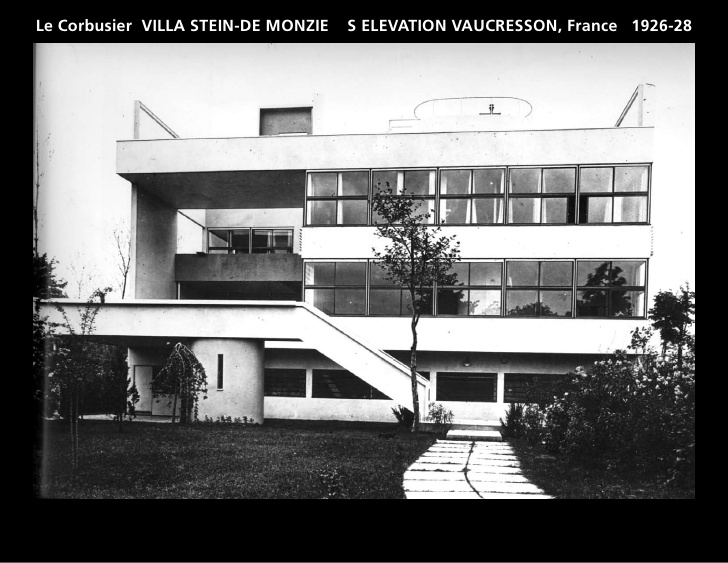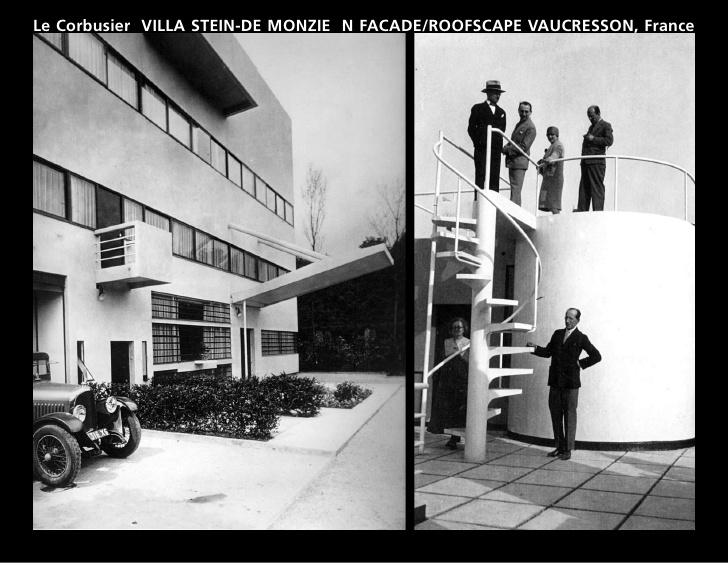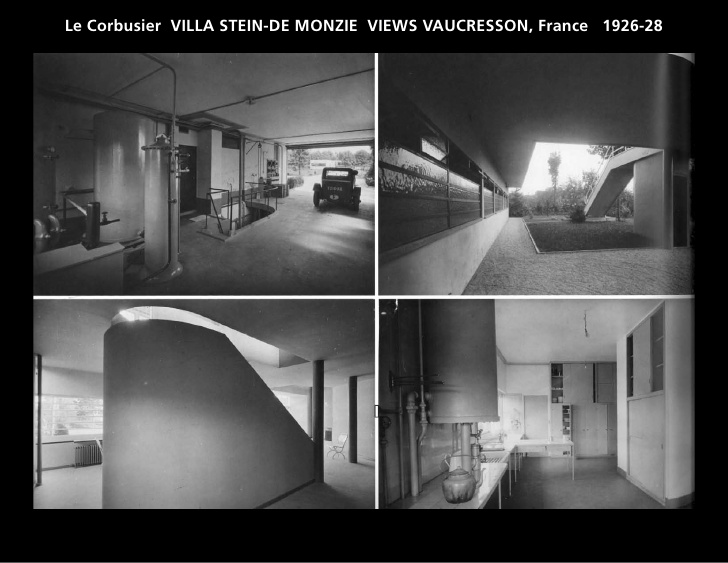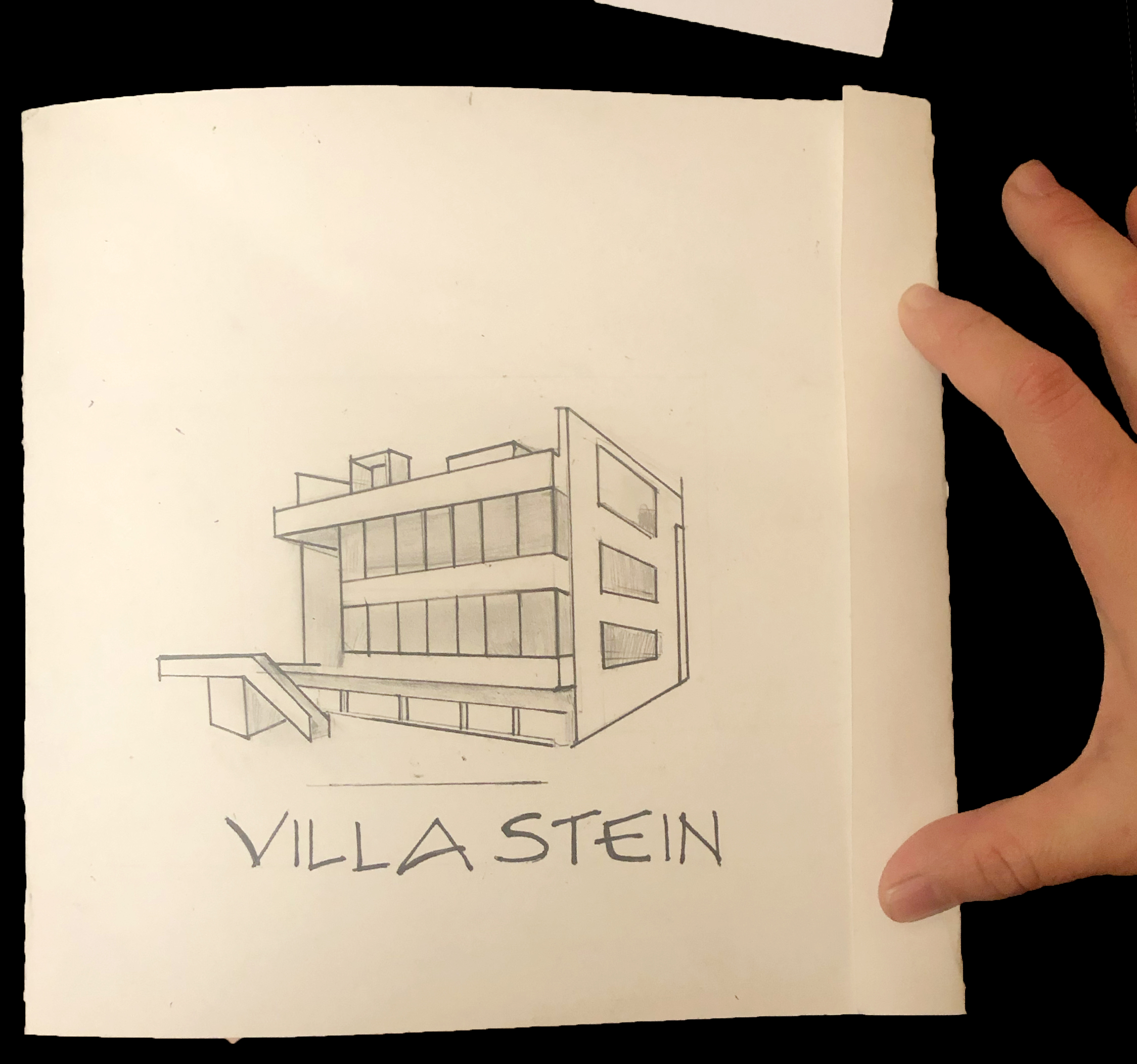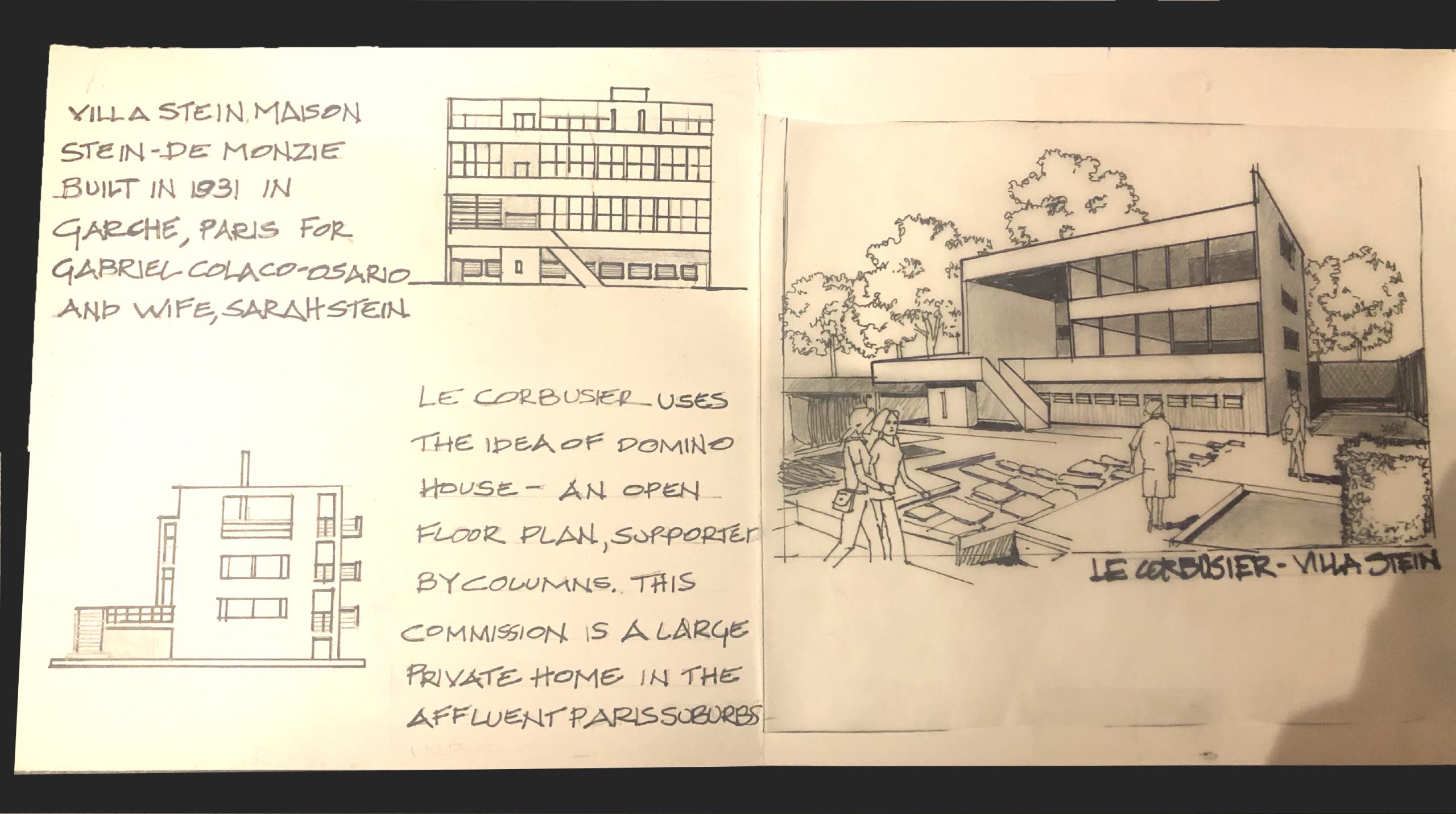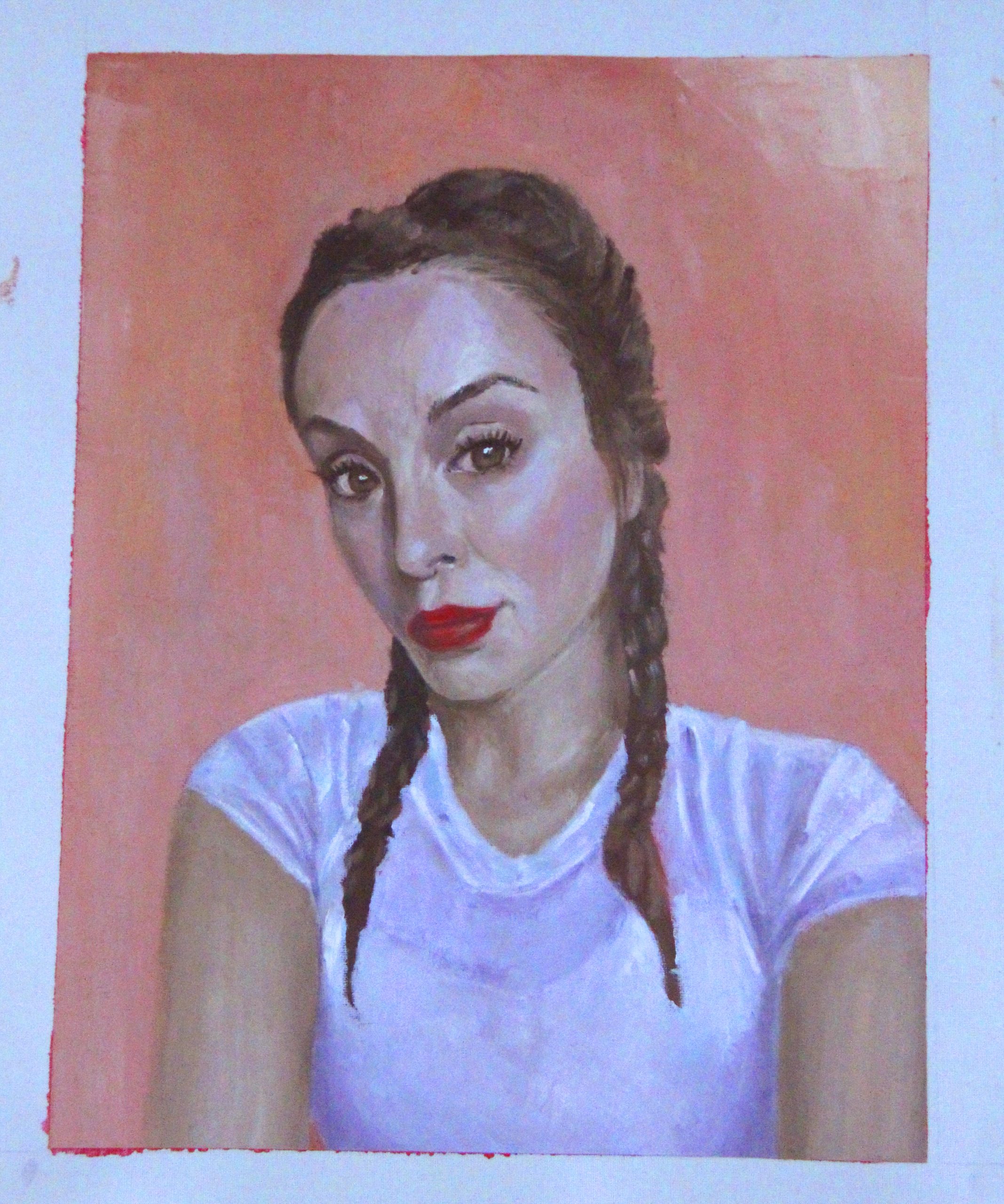The Memphis Group
The Memphis Group
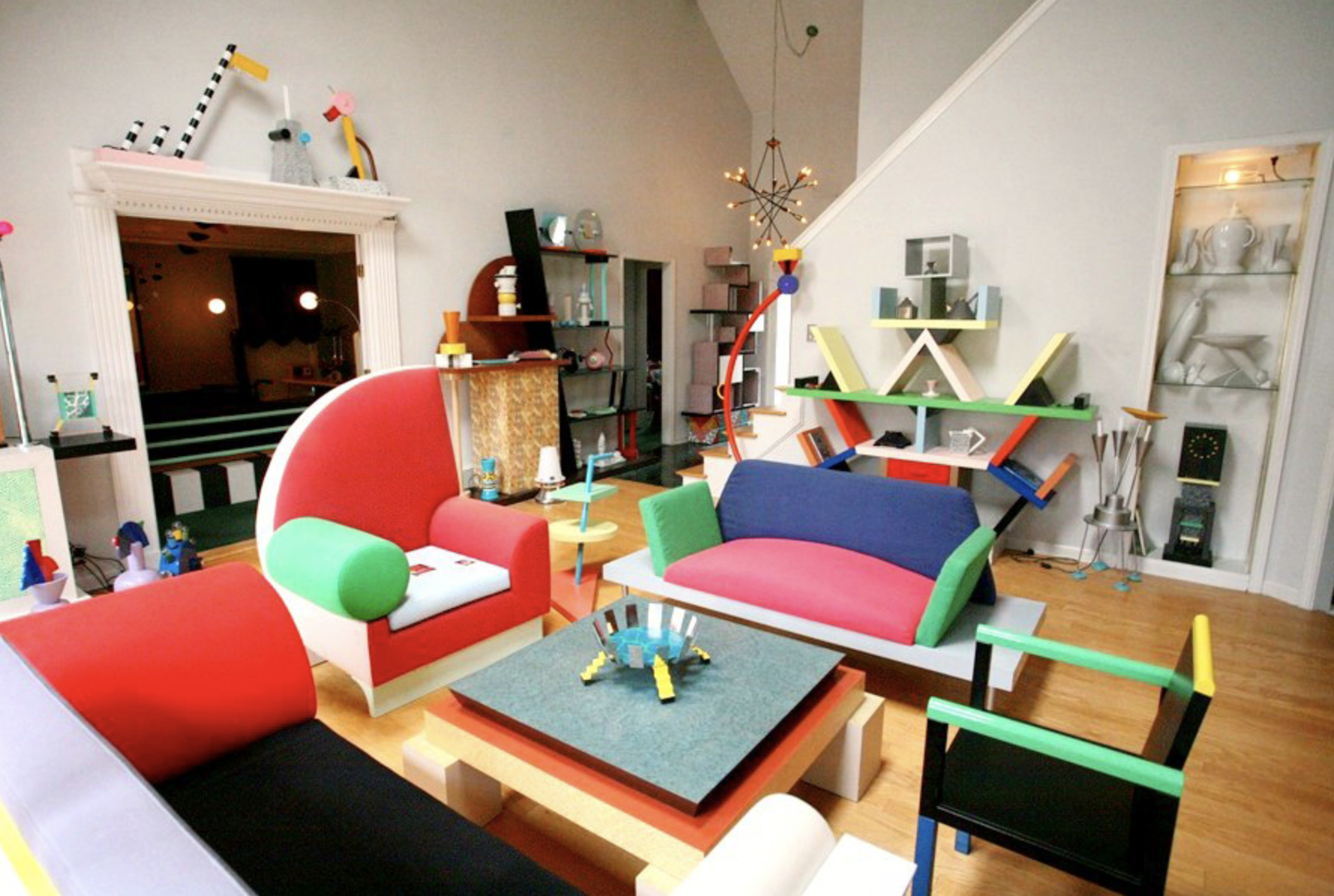
The Memphis Group was an Italian collective based in Milan, Italy, and lead by an Austrian designer and architect named Ettore Sottsass. He began his career by studying architecture at the famous Turin Polytechnic and was a student there from 1935 until 1939. After a brief spell in America working for the office of George Nelson he returned to Italy and was given the position of Artistic Director of ‘Poltronova’, the famous Italian furniture and interior design company. There, he experimented with the new material, fibreglass, that he used to develop contemporary furniture and light fixtures designs
In 1958 Sottsass worked as an industrial designer for ‘Olivetti’, at the time one of the best manufacturing companies of Italy. There, he designed a variety of products such as calculators and typewriters exterior bodies. Some of his products designs, such as the ‘Valentine typewriter’ were very well known products for which he was given various awards. Sottsass’s creative designs helped launch Olivetti into the world of Italian industrial design and helped promote ‘Olivetti’ products internationally. .
They came together in 1981 and would have a huge influence on the post-modern designs of the decade. Sottsass was considered the godfather of “Italian cool” and the work of the Memphis group was considered ground breaking. They incorporated a lot of geometric shapes and shapes that were on top of other shapes. It was abstract but to the Memphis group, they just wanted to do something that stood out.
The Memphis group supposedly took their name from a Bob Dylan’s song from 1966 , Blonde on Blonde, which contains the lyrics: …”Stuck inside of Mobile with the Memphis blues again”
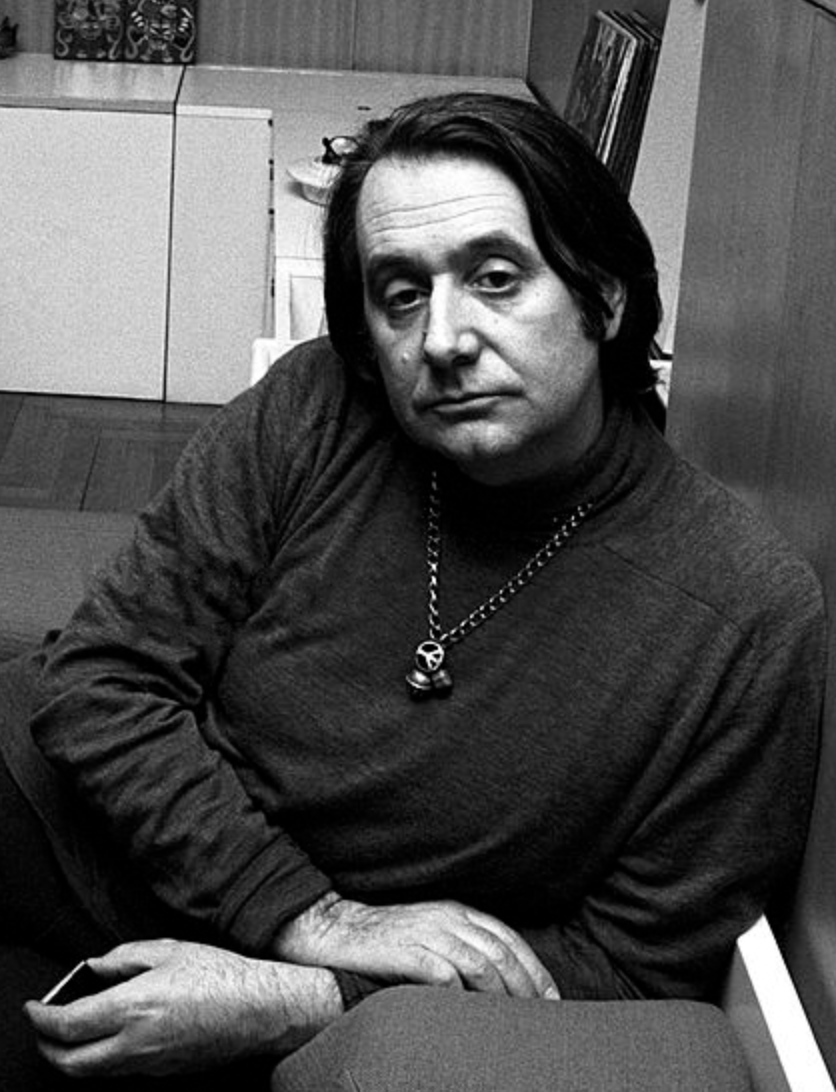
Ettore Sottsass in 1969, source: https://en.wikipedia.org/wiki/Ettore_Sottsass
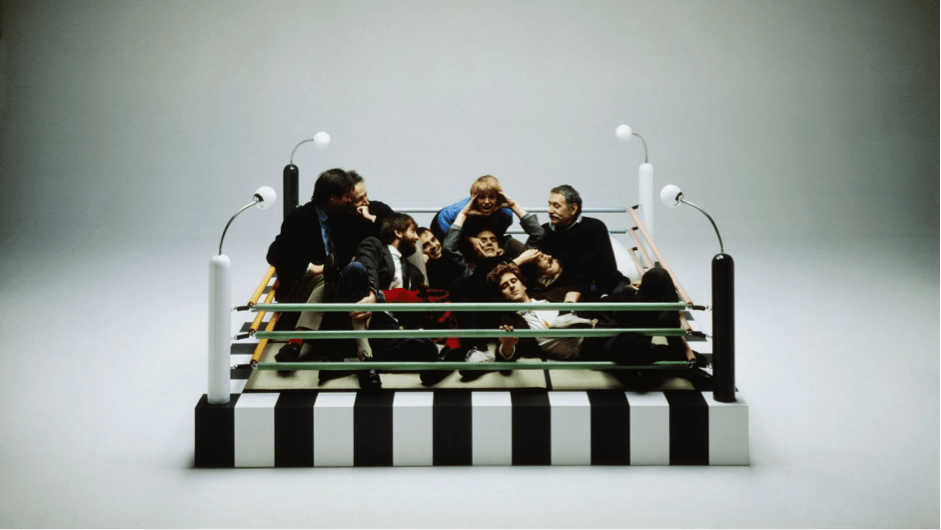
The original Memphis group in Masanori Umeda’s “boxing ring bed” | Image source: yatzer.com
It’s important to mention that the Memphis Design came out of a long tradition of radical Italian design from the late 1960s. Radical Design was actually an Italian design movement of the late 1960s that surged as a reaction to the minimal and very practical aspects that came from Modernism. Modernism was perceived as a box with a lot of rules that inhibited creativity while Radical Design allowed designers break out of the box and experiment freely with shapes and lines and come up with new approaches to design experimentation. They incorporated a lot of geometric shapes, and shapes that were on top of other shapes. It was abstract but to the Memphis group, they just wanted to do something that stood out.
In 1981 the group put their work on display at the Salone del Mobile Milano, founded in 1961 to promote Italian furniture and furnishings exports. The impact on the show was that some people loved it, it confused others but ultimately people kept talking about it.
The Memphis Group was a hit and the exhibition in Milan had further proclaimed them as inspirational artists and designers. People started to see their work show up in magazines and then the aesthetic exploded. You’ve got the clashing colors, mix-matched geometric shapes, swirls, and other shapes all combined together. It came to be the definitive look and aesthetic for the 1980s.
By 1987 the Memphis Group started to disband. A group of factors contributed to it: the recession with little money to be spent on art, furniture design that never really caught on and the fact that it was extremely abstract and wouldn’t find a place in most houses. The goal of the Memphis Group – and Sottsass himself – was to be innovators while still being provocative and maybe a bit controversial. An interesting aspect of their creations was that every object they created was given the name of a famous hotel such as “Bel-Air”, or “Sheraton”. They were simply taking lower budget items and materials and putting them together in this unusual fashion but then giving them high-end names.
The Memphis Design was all about those big bold and bright colors, bizarre shapes, and mismatching styles. The colors clash but everything pops, and this was a great way to represent the 1980s.
Ettore Sottsass passed away on New Year’s Eve, 2007 at the age of 90. His influence on art was profound and the Memphis Group left a rich legacy of design behind, a design that influenced so many as they were able to define an entire era. Memphis designs dominated so many areas: fashion shows, ceramics, furniture, architecture and interior design. The legacy they did leave was in the design which dominated in so many areas through the ‘80s and into the ‘90s. From a design influence standpoint, they influenced many and their style still pops up every now and then. Either way, the Memphis design WAS the design that represented the ‘80s.

